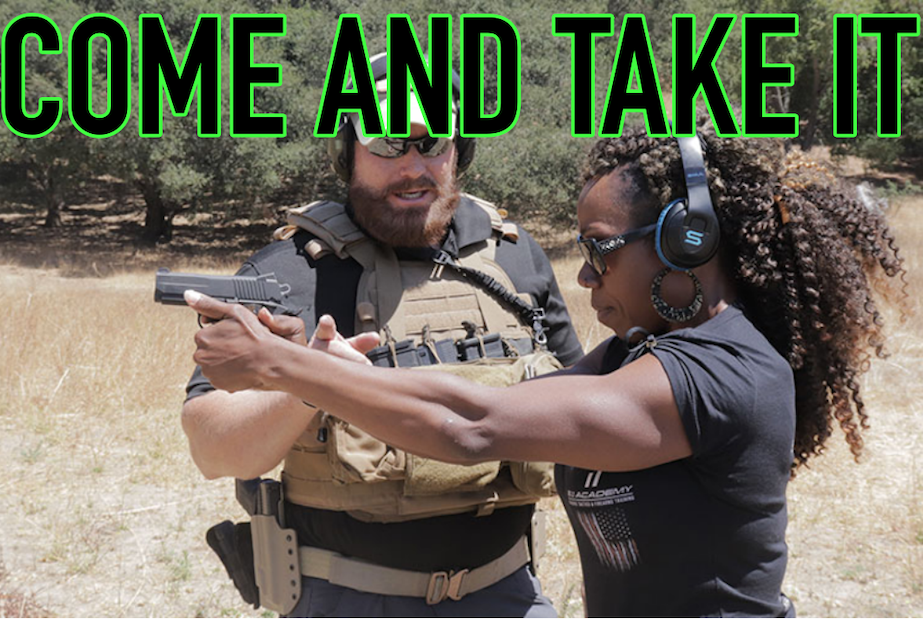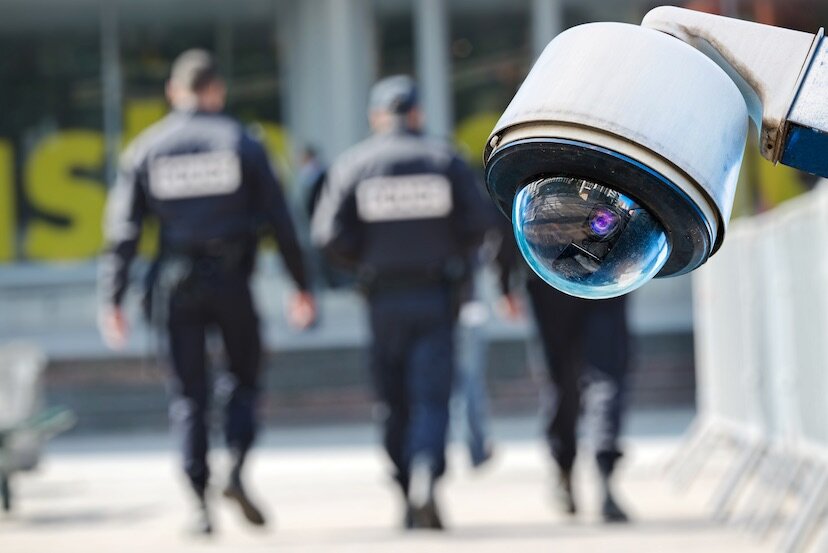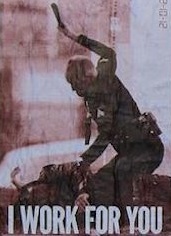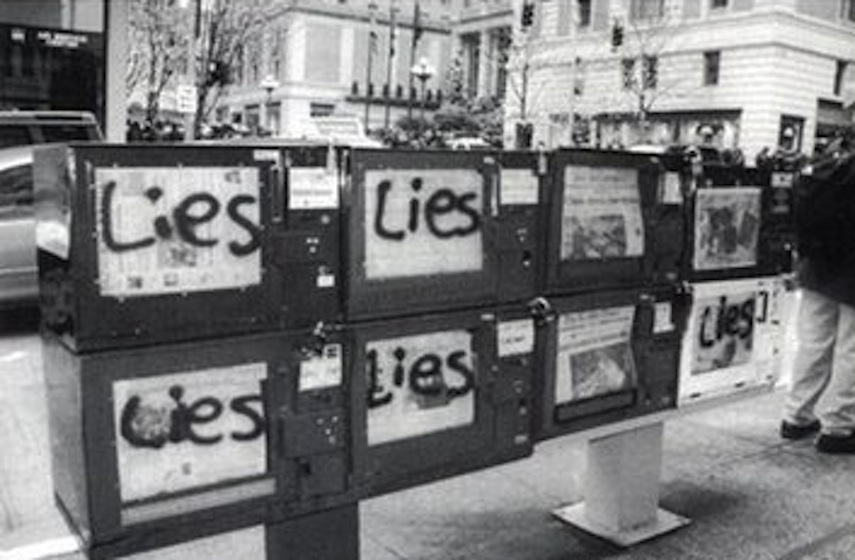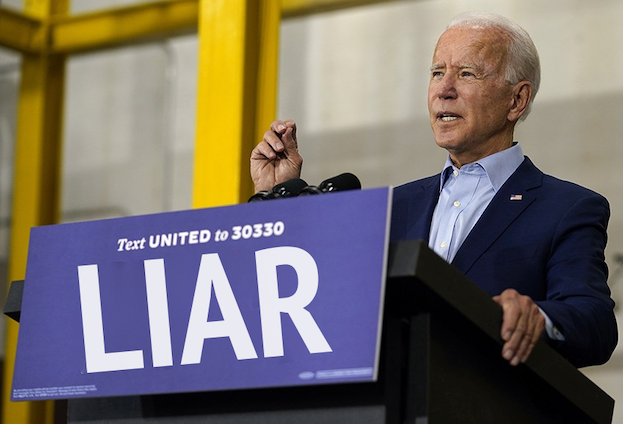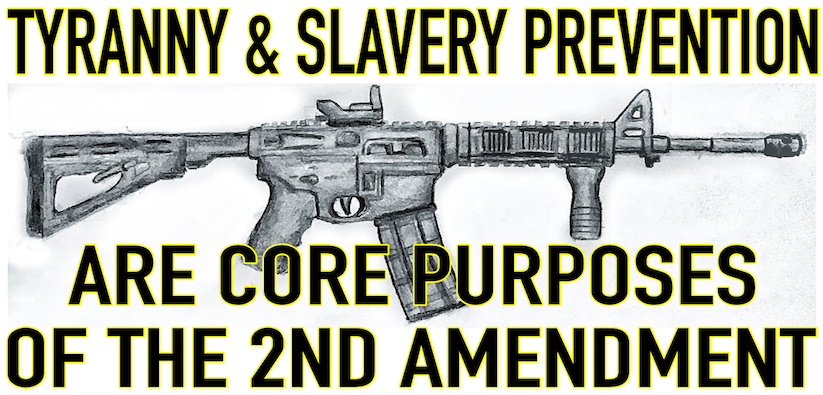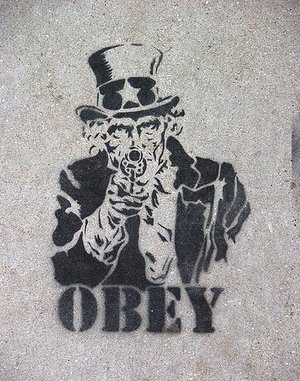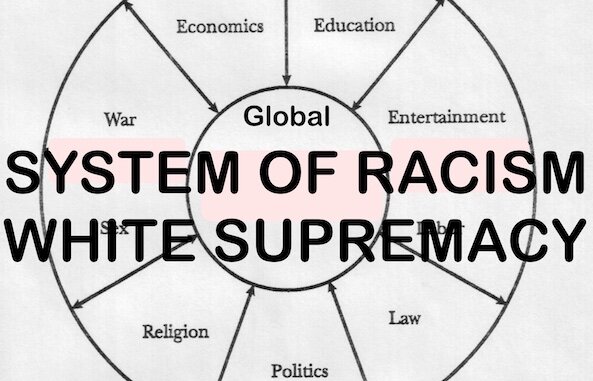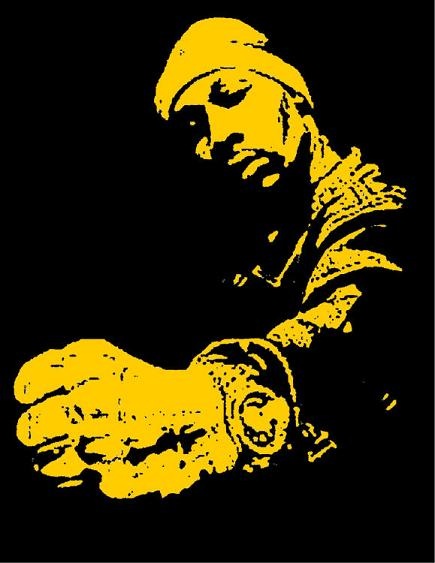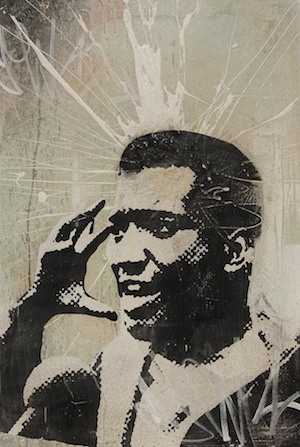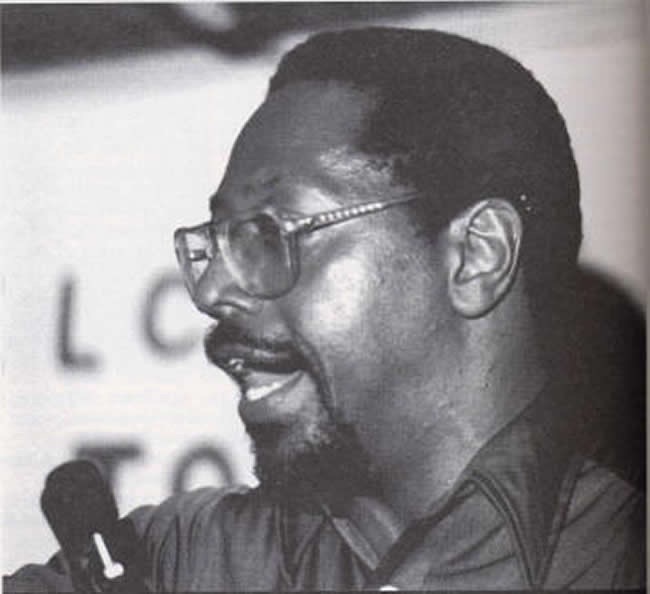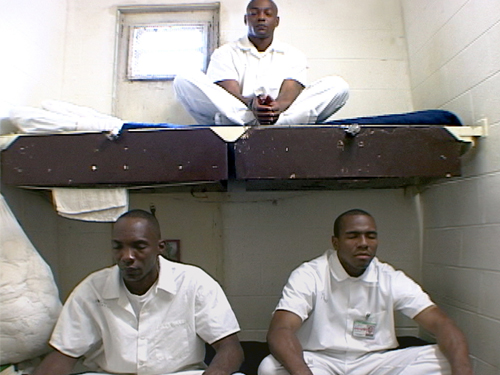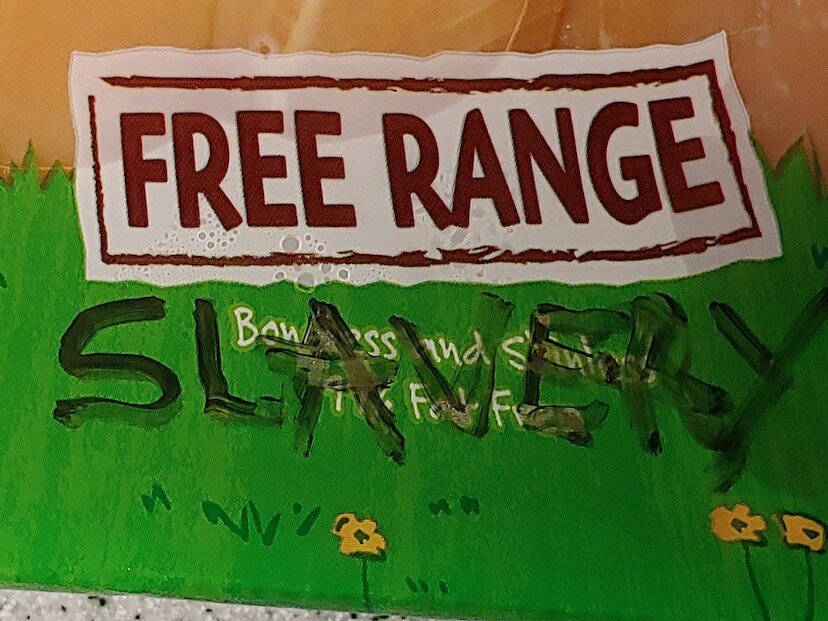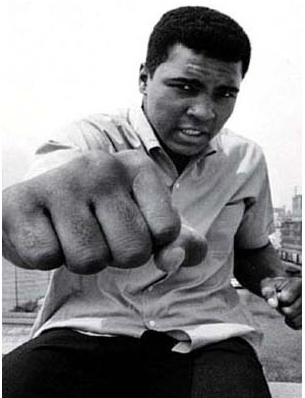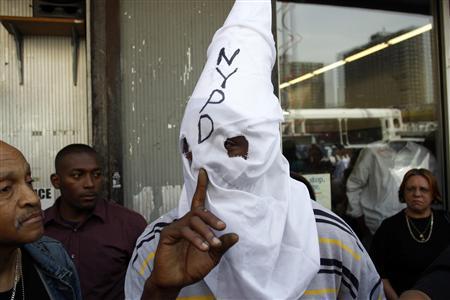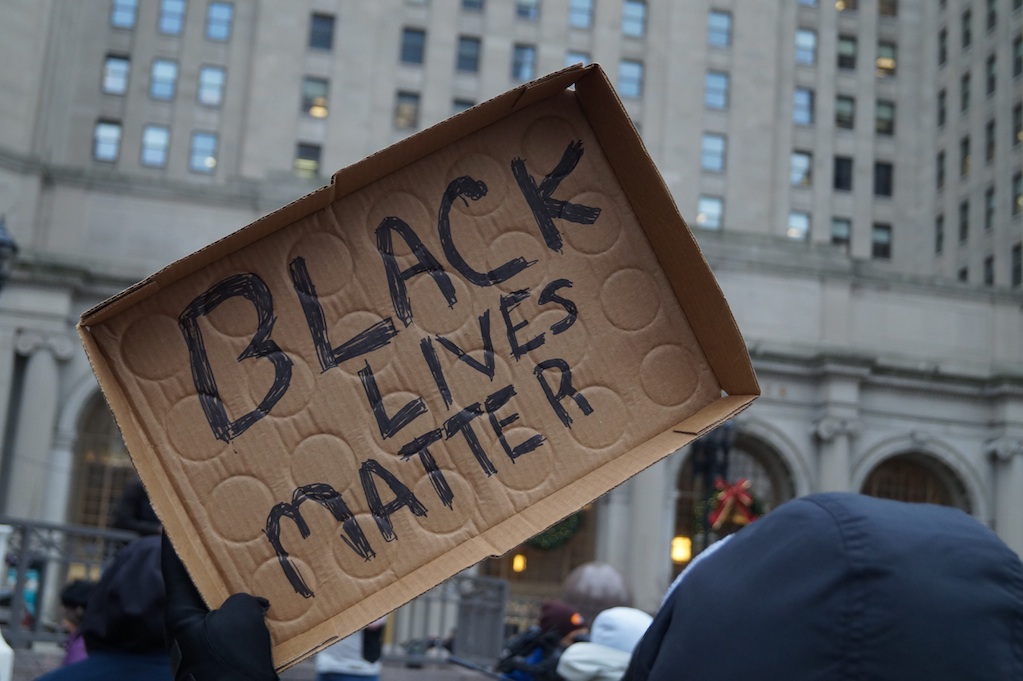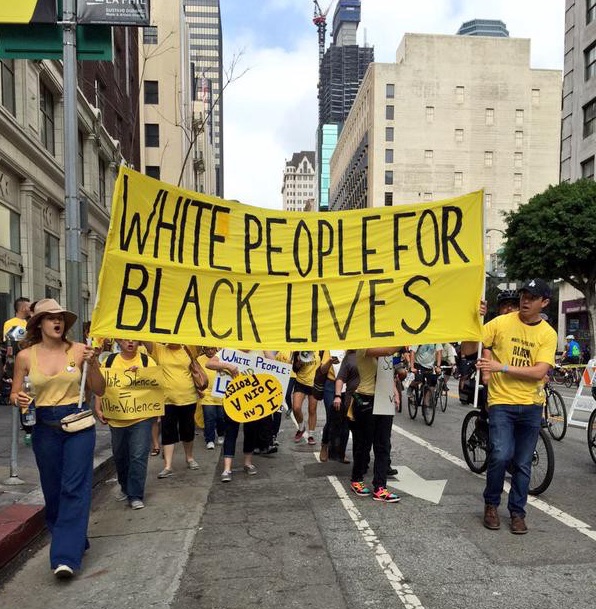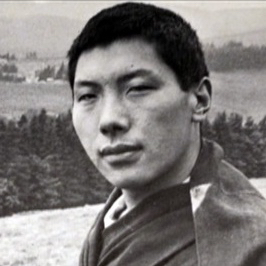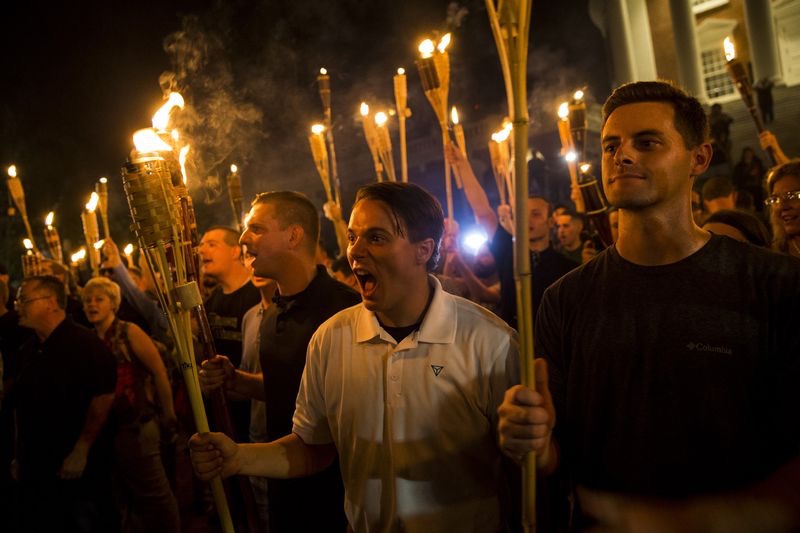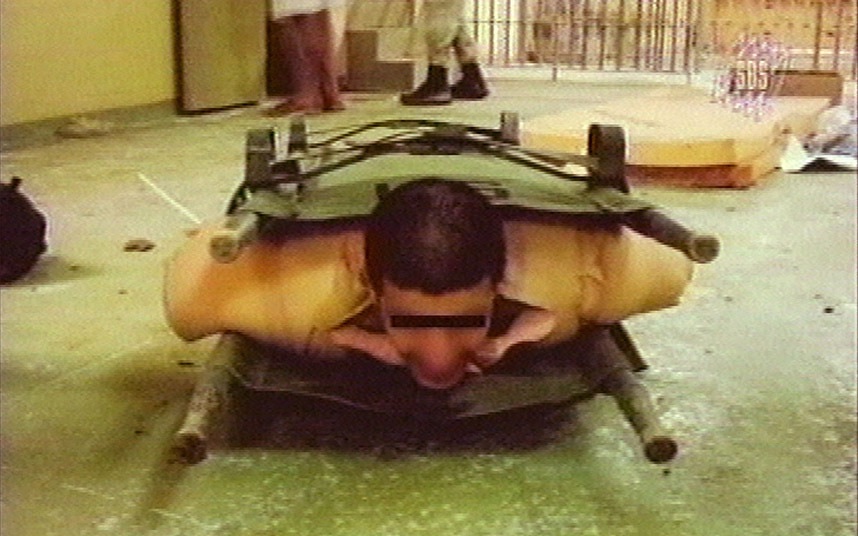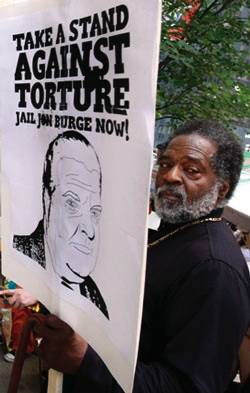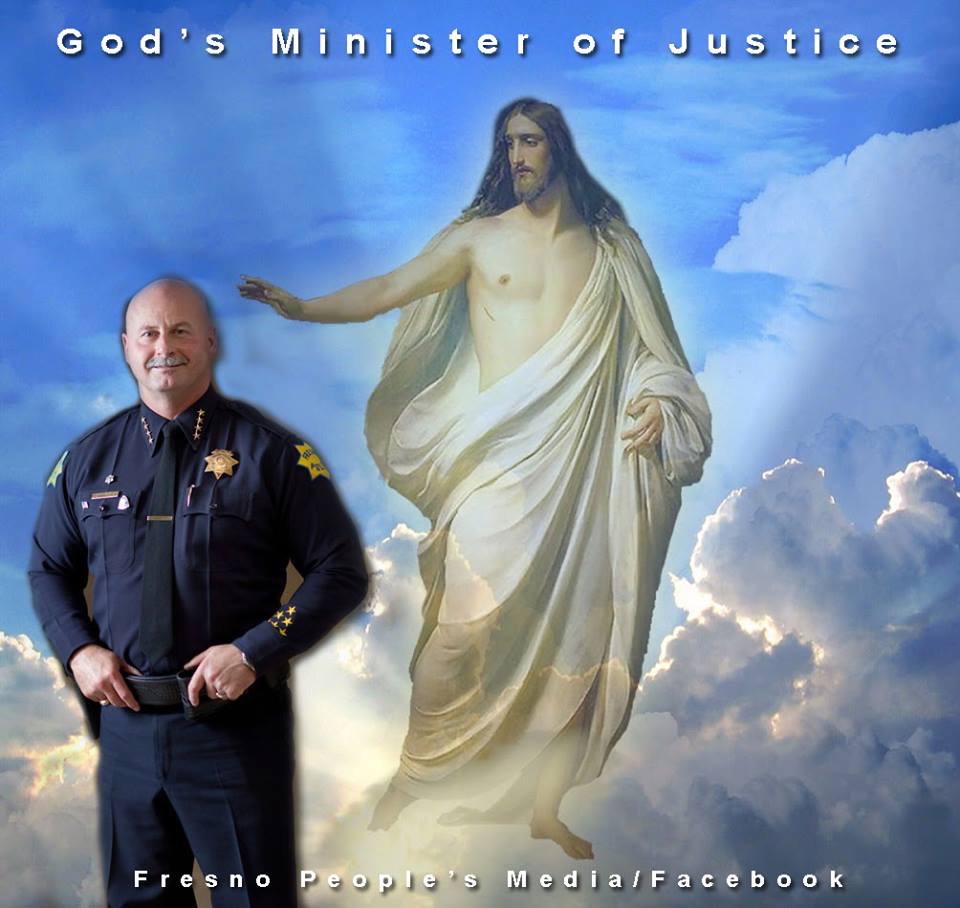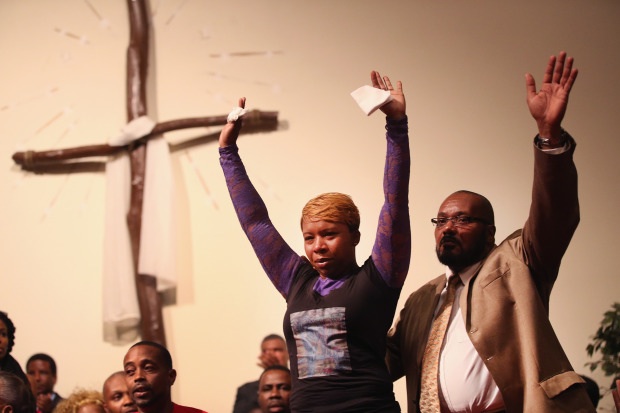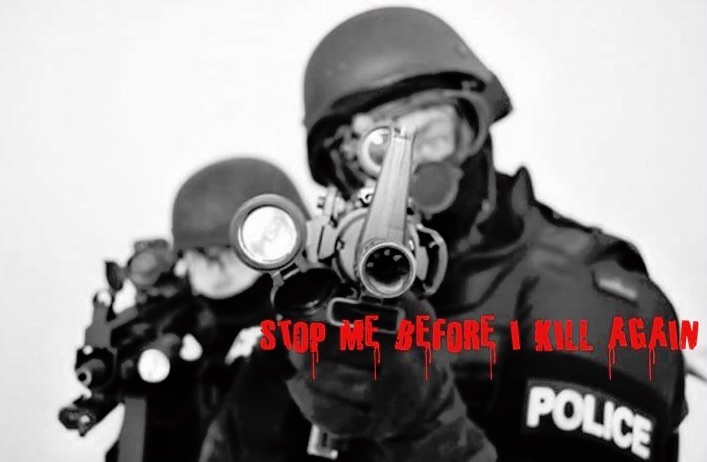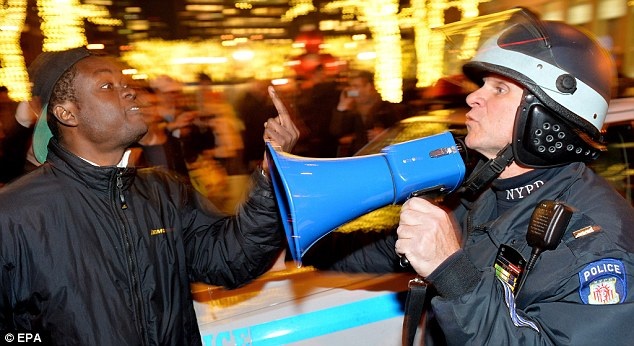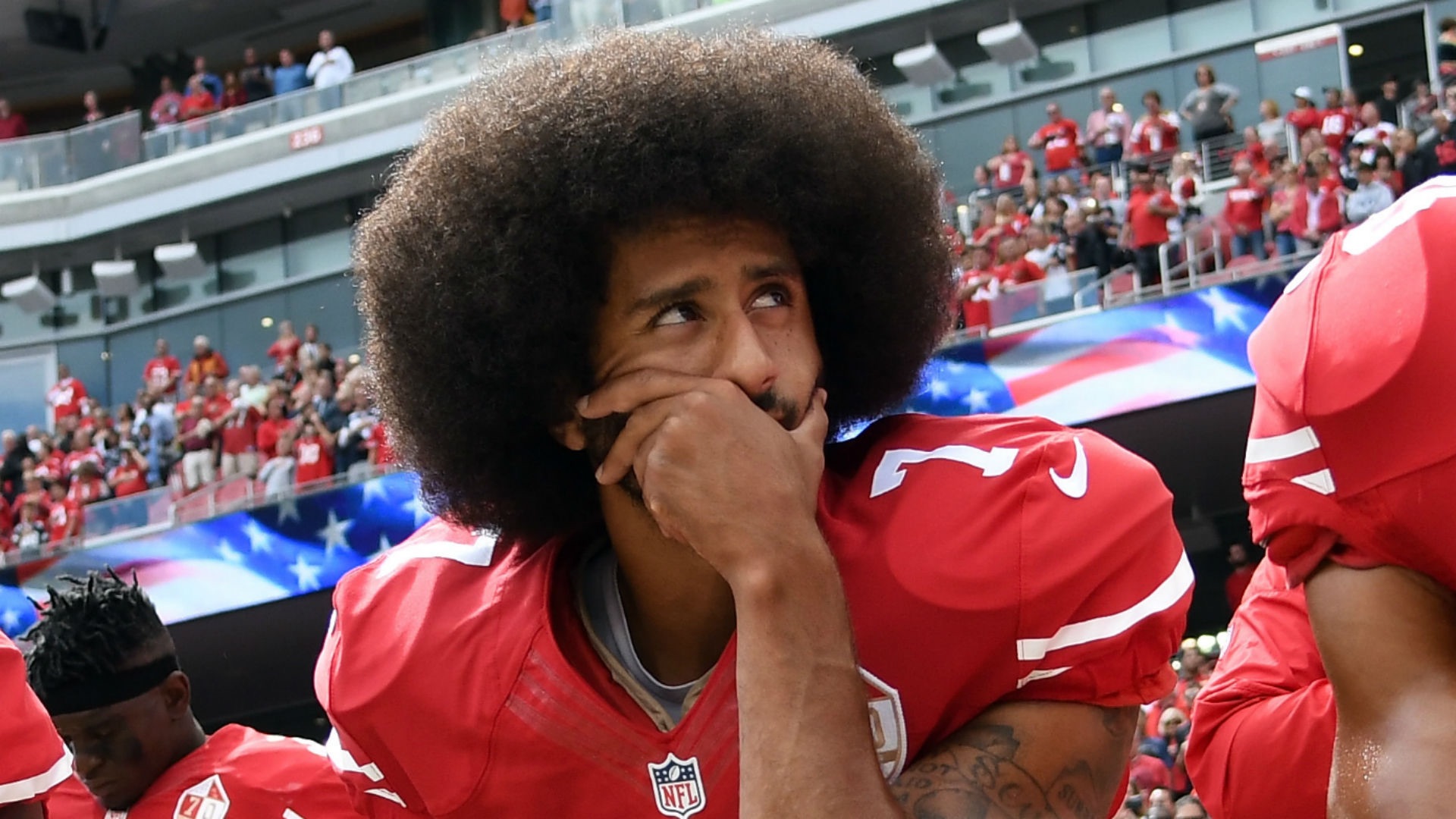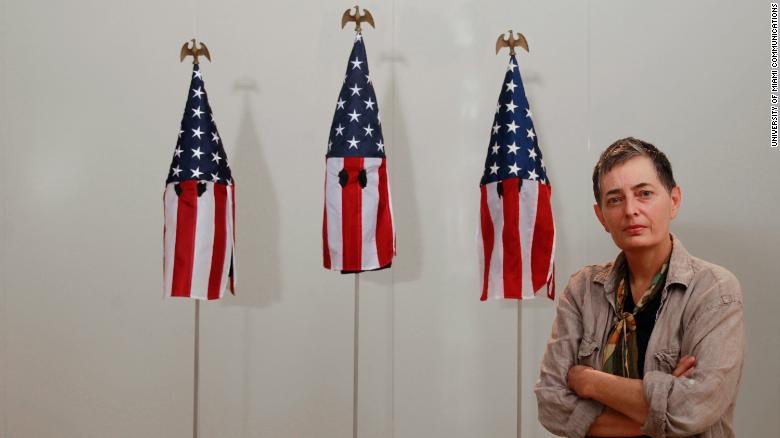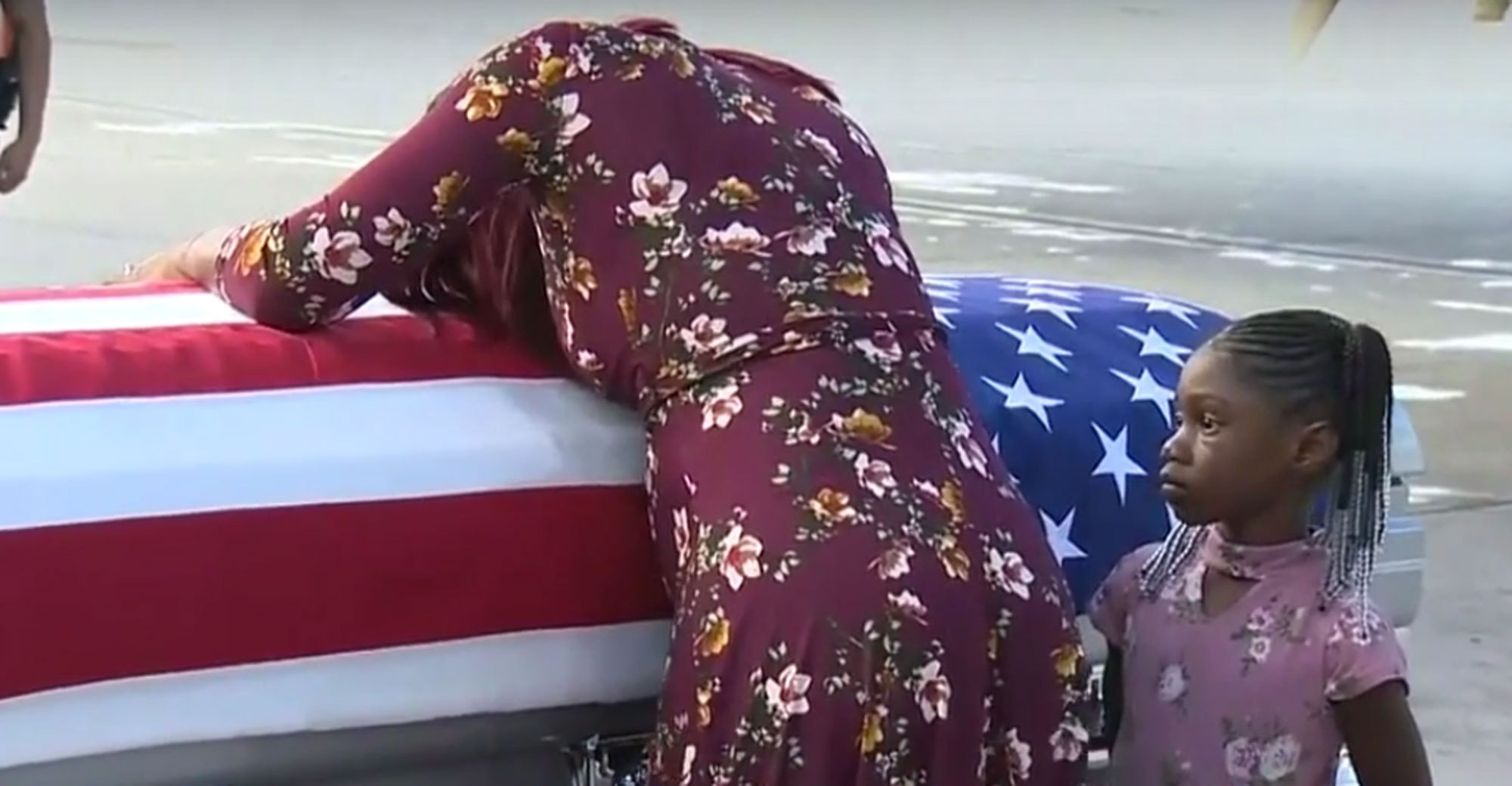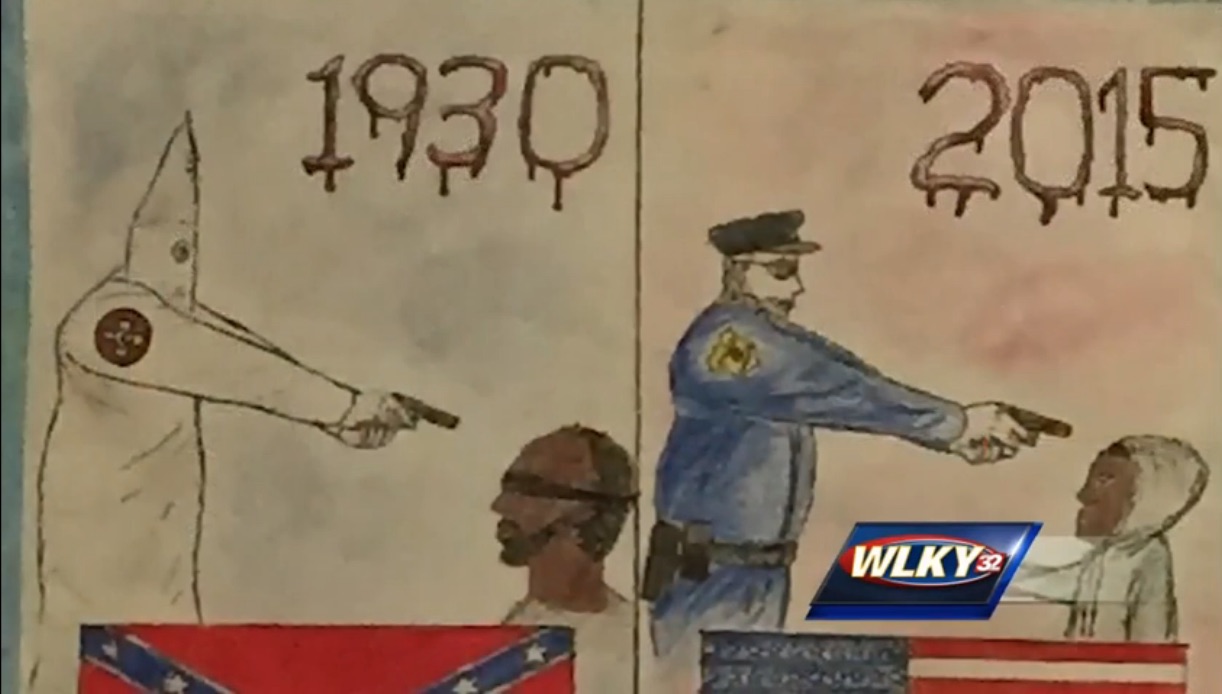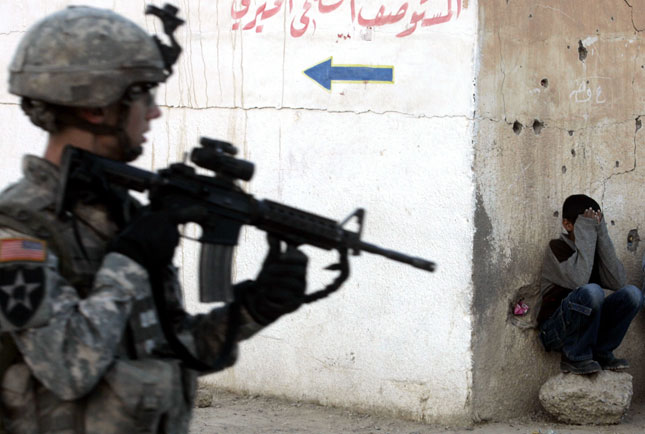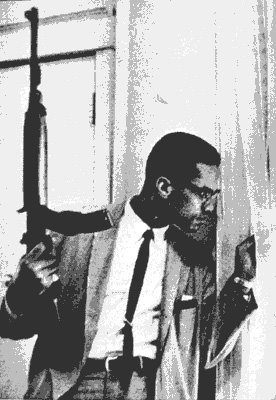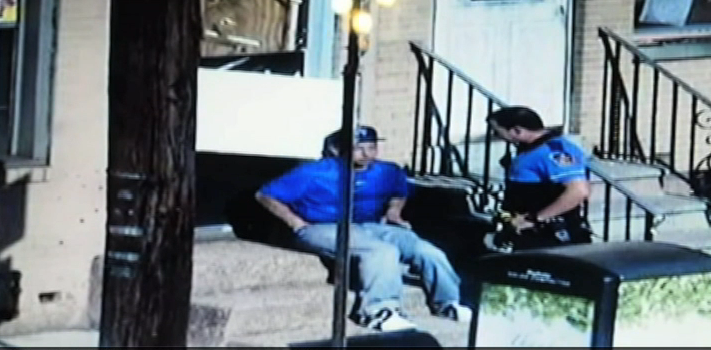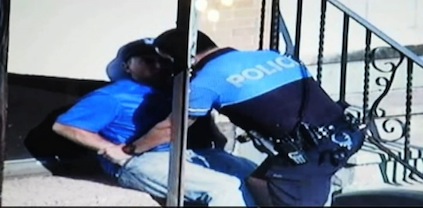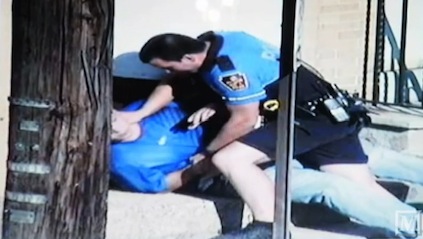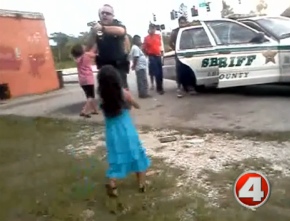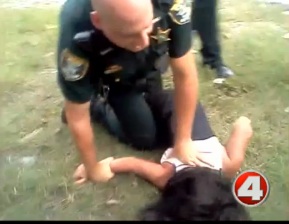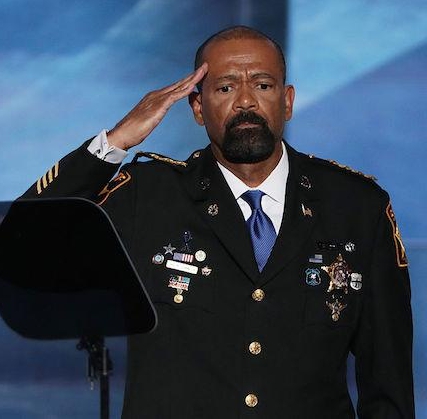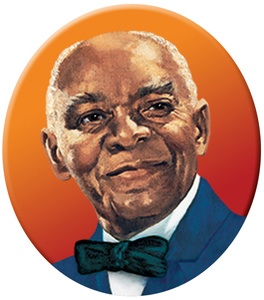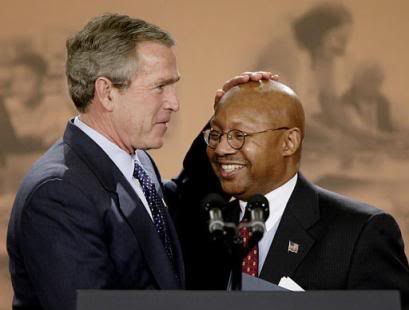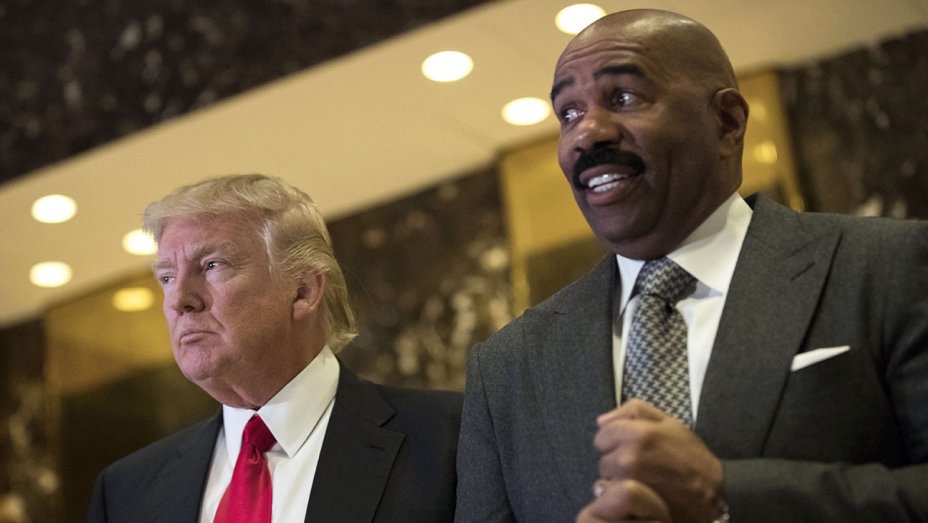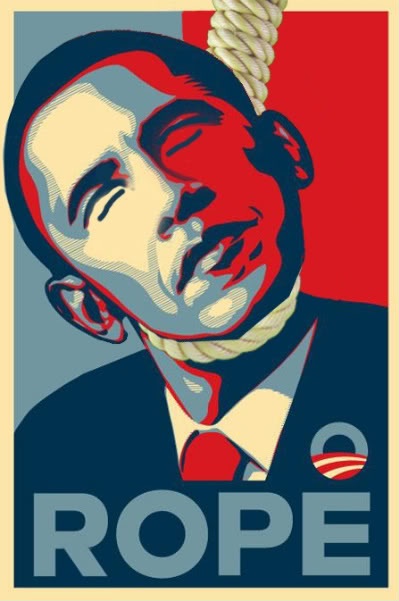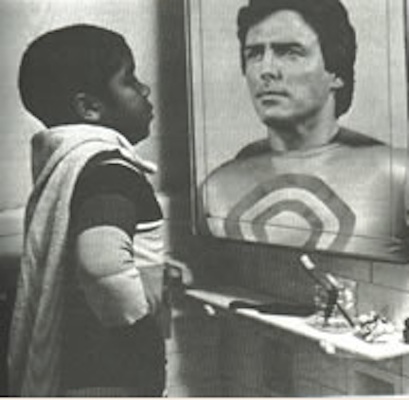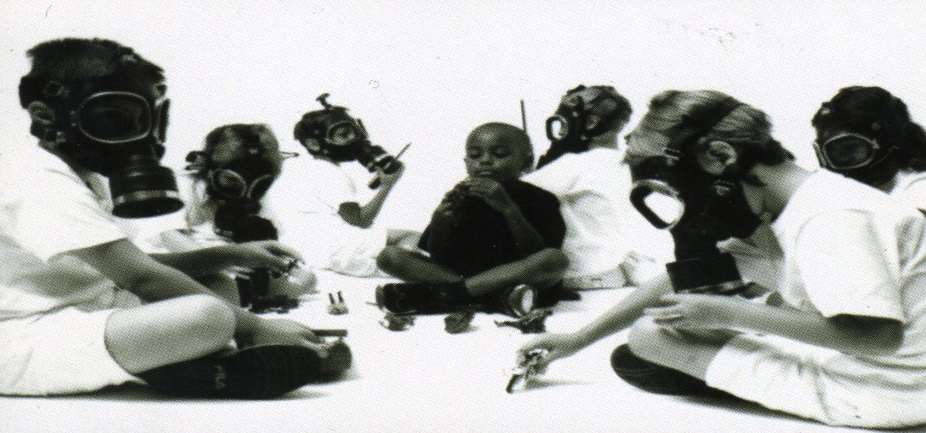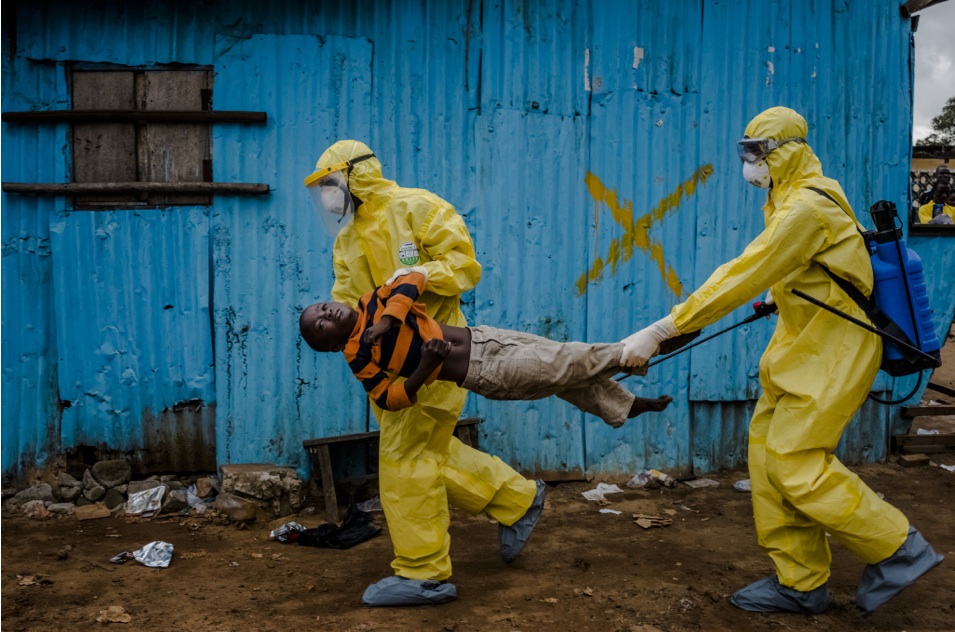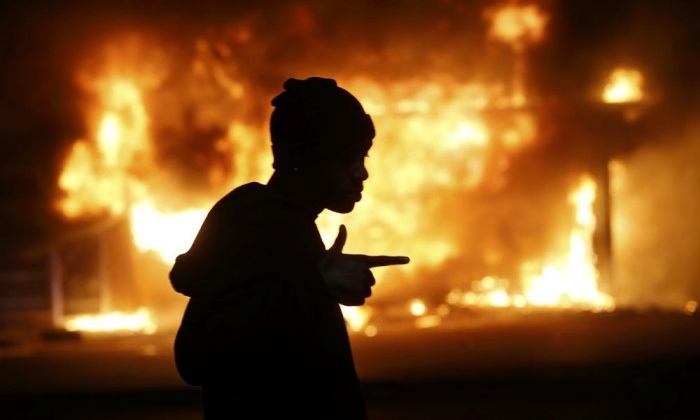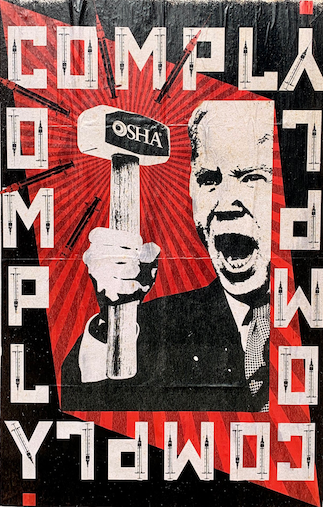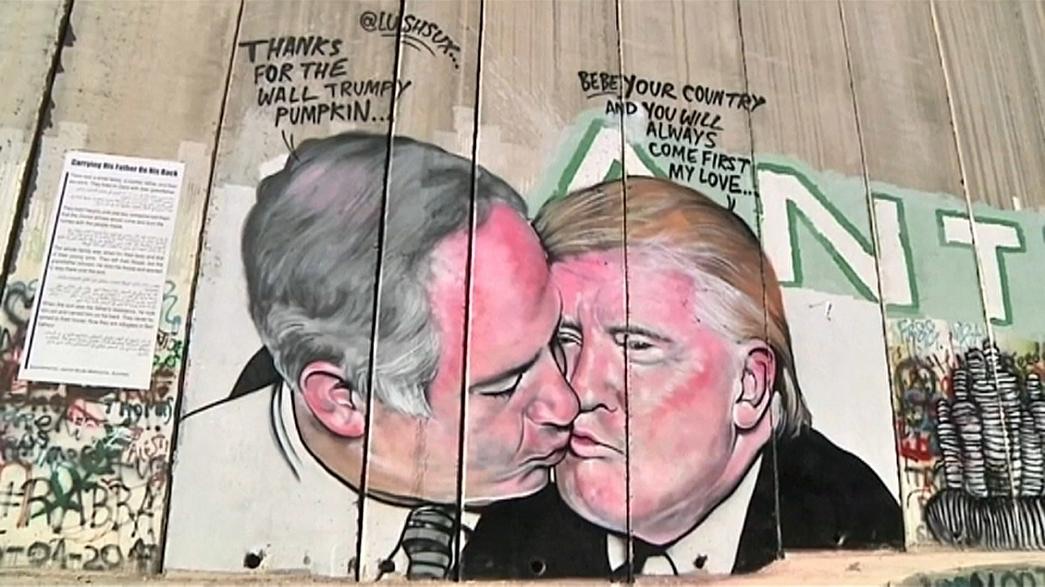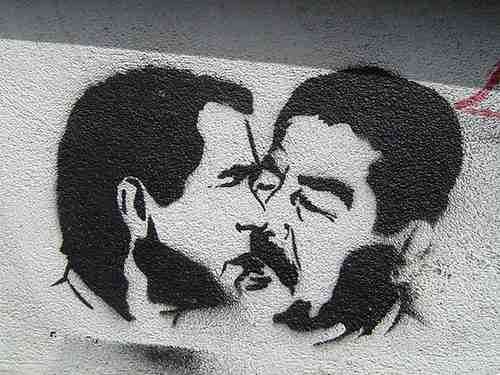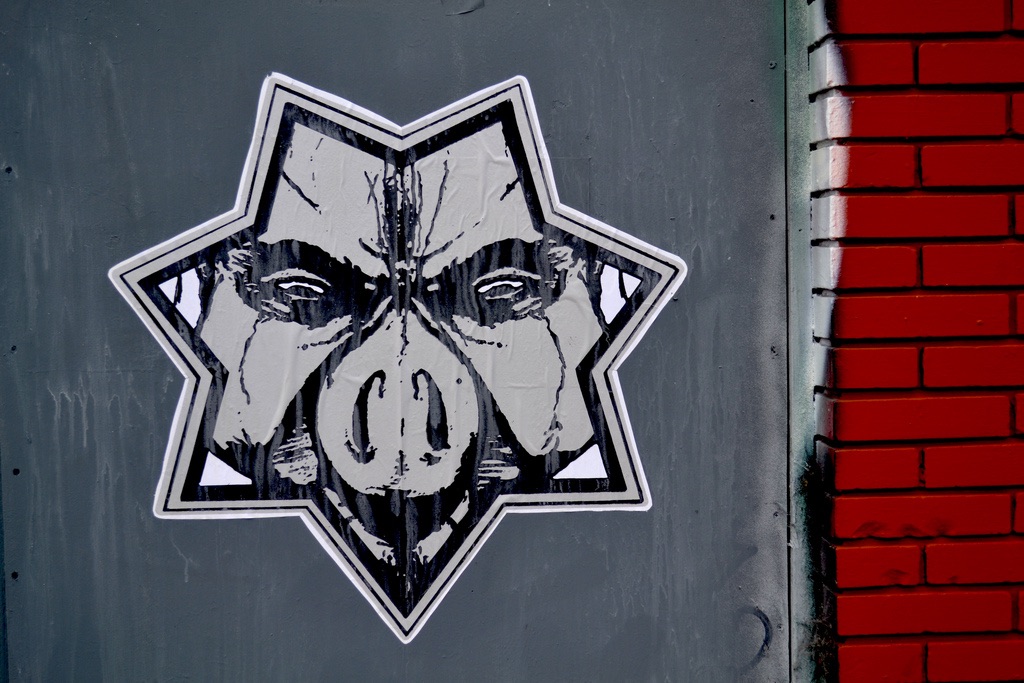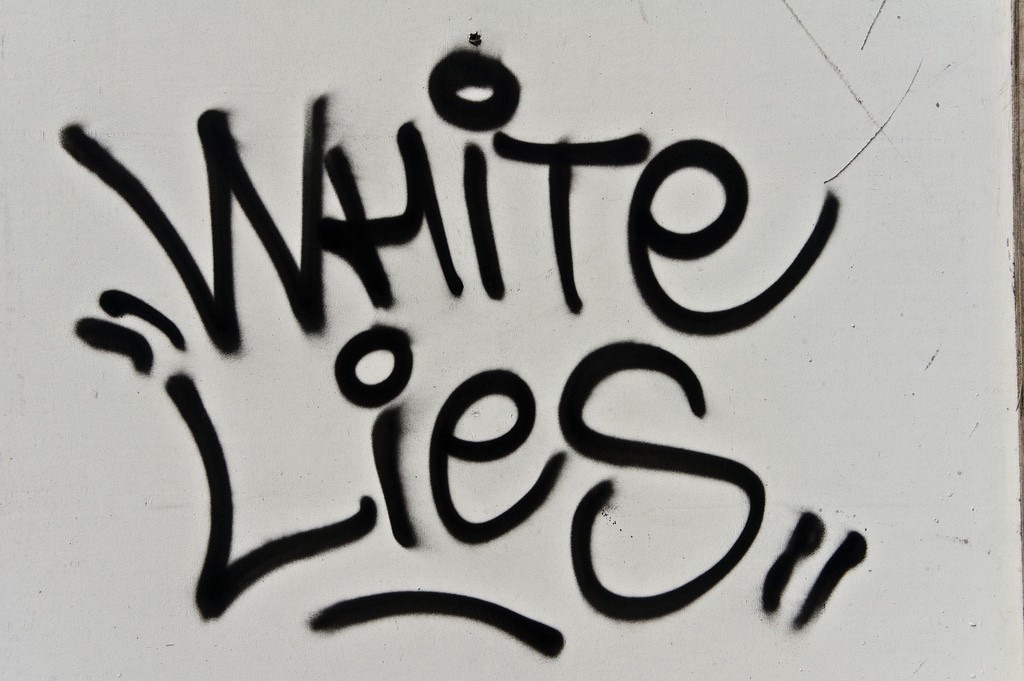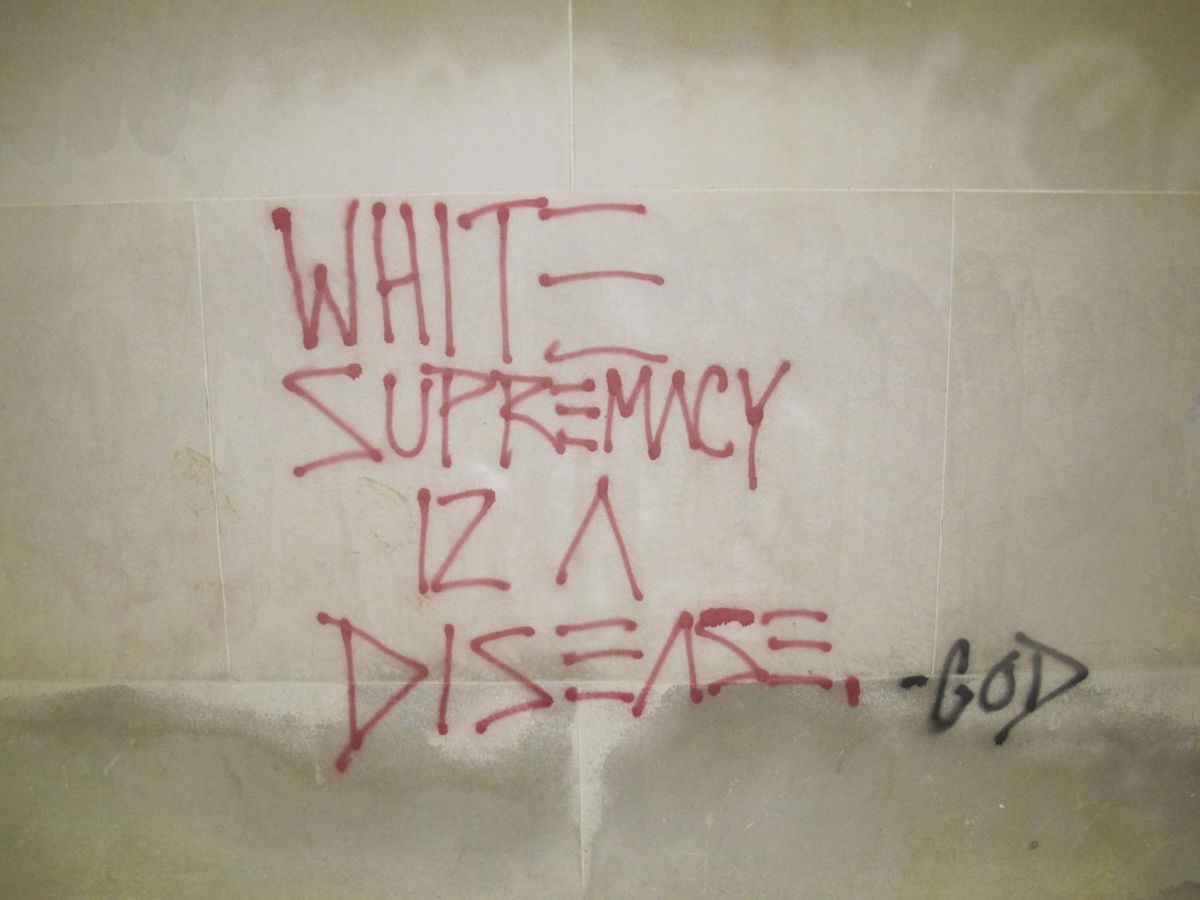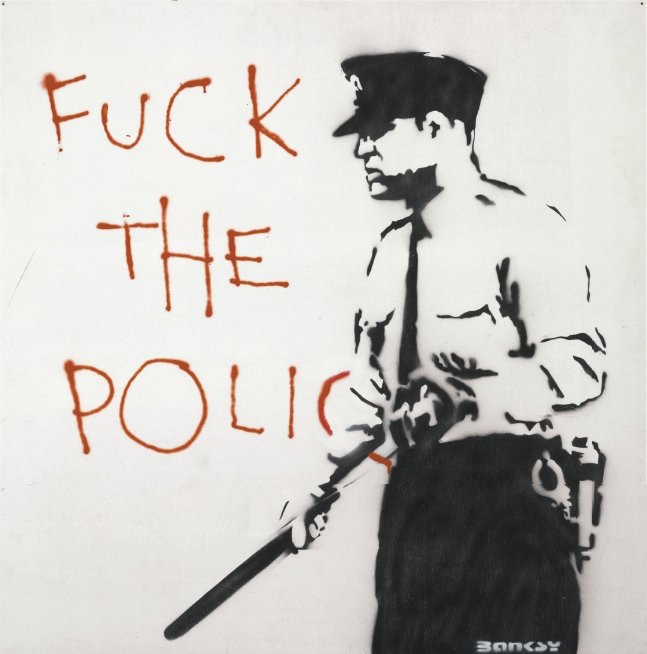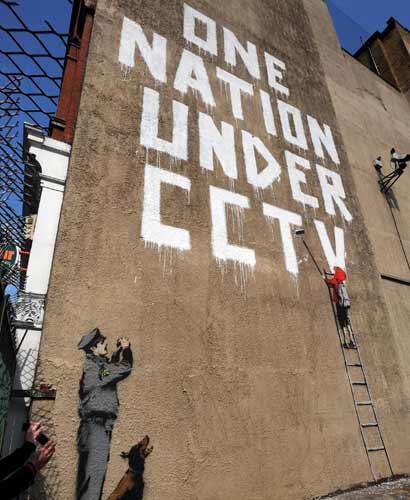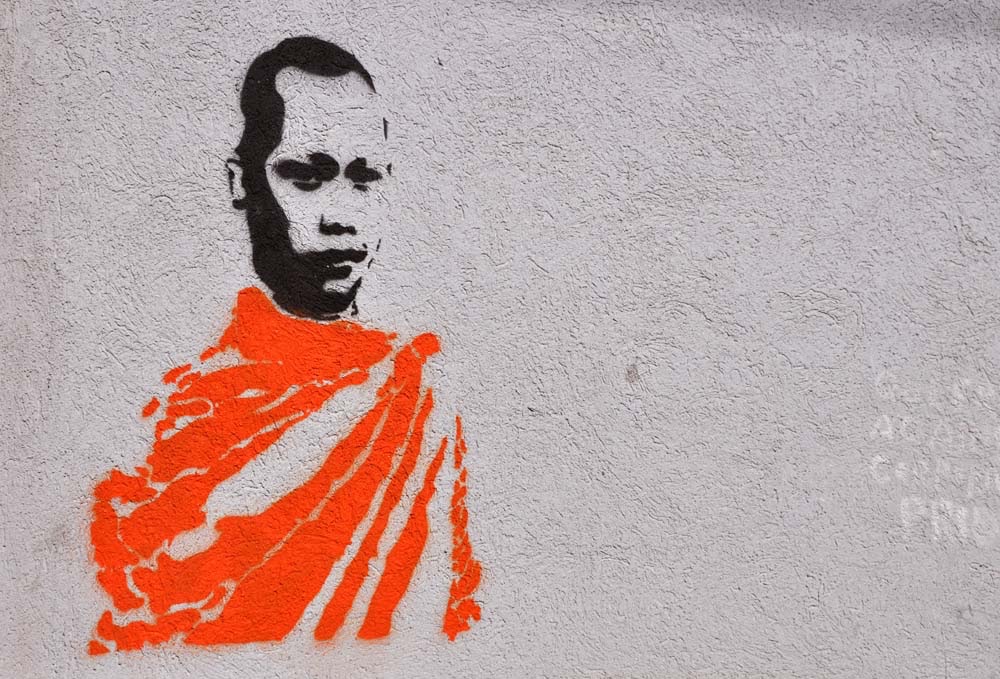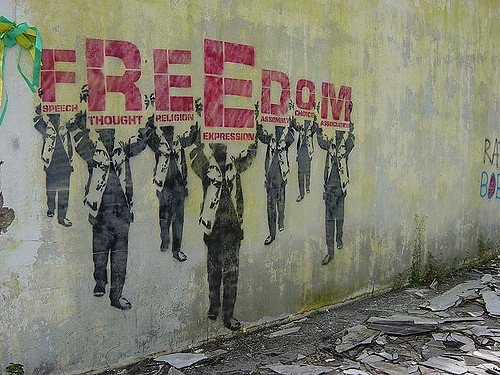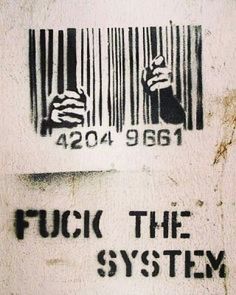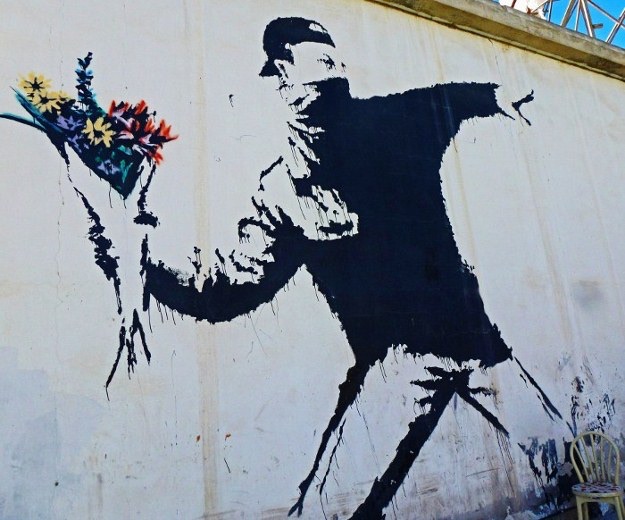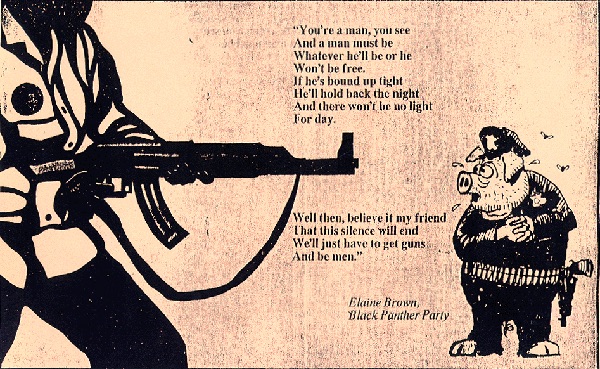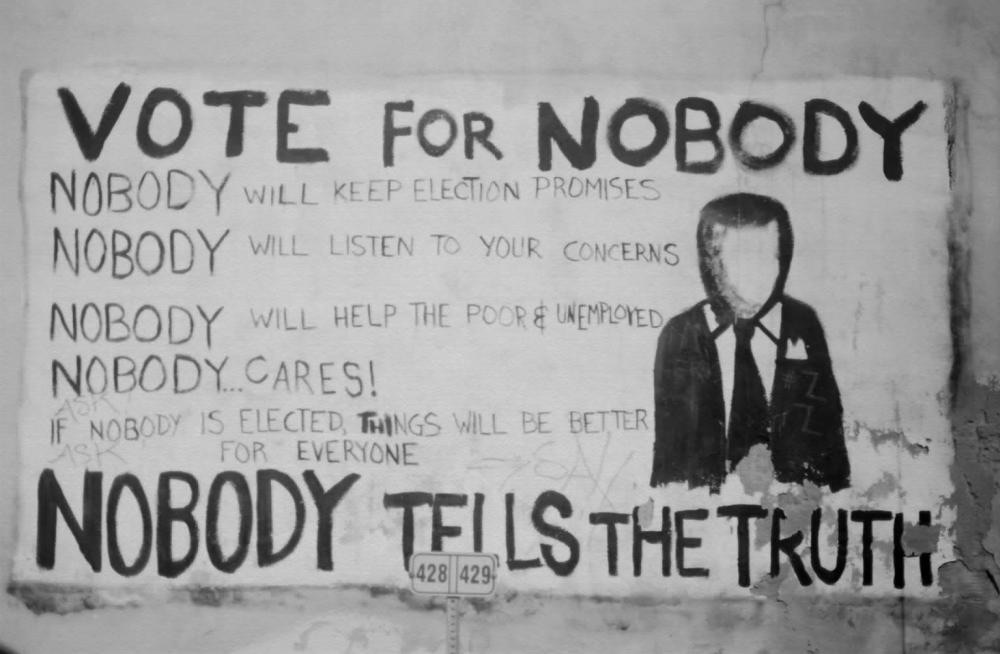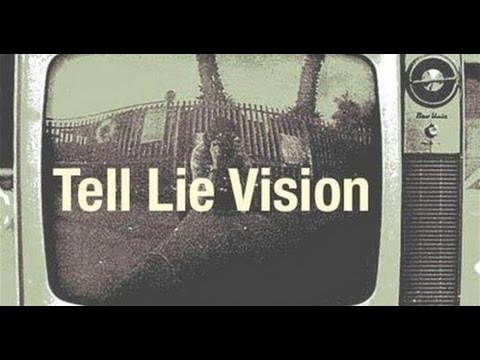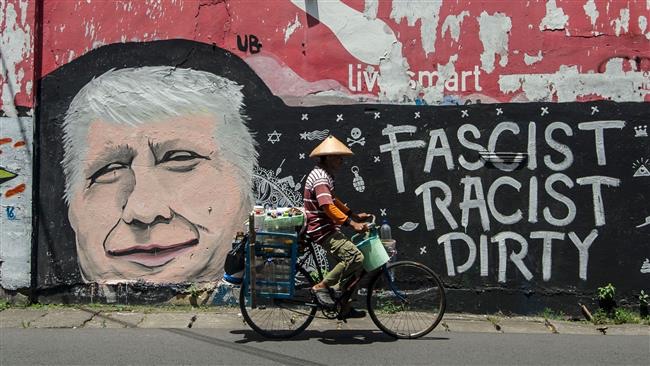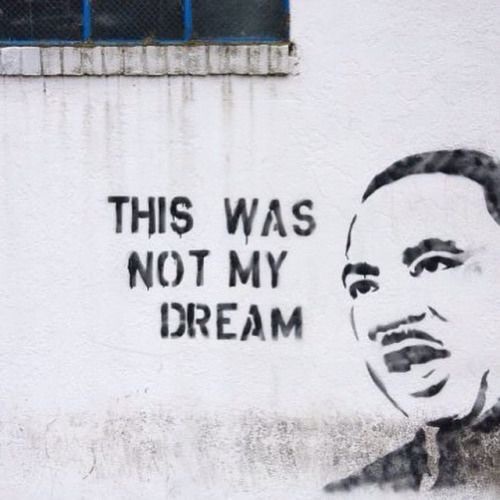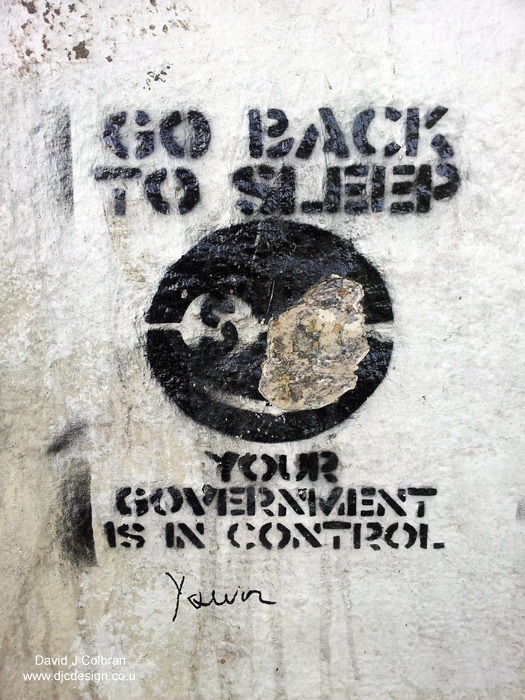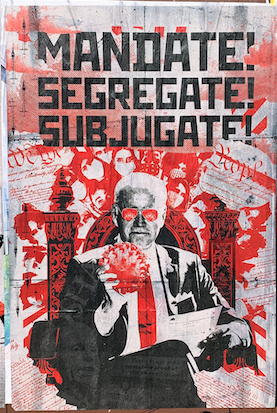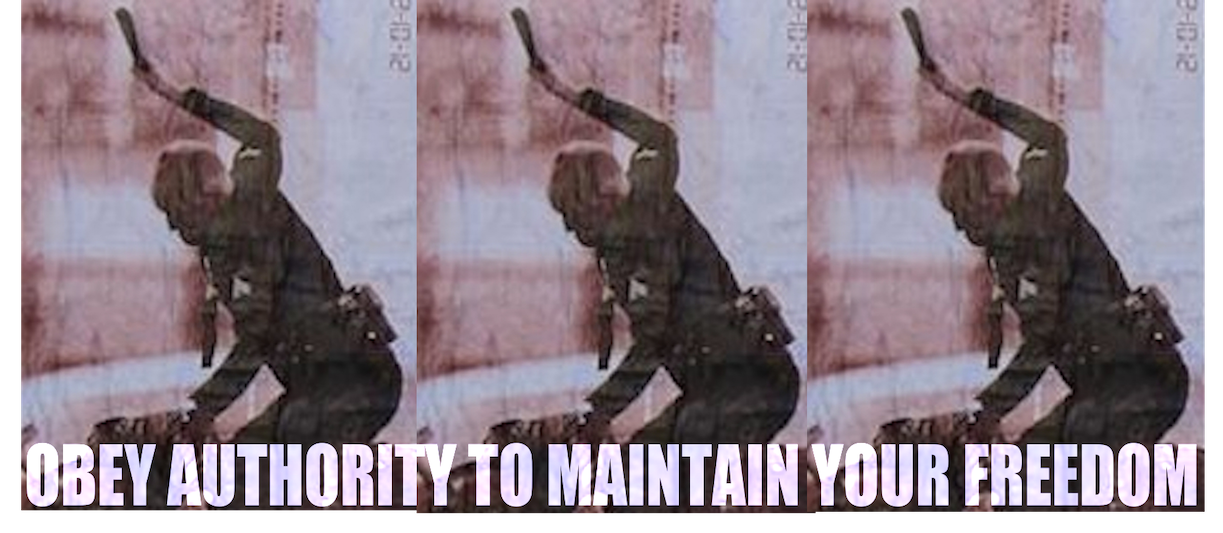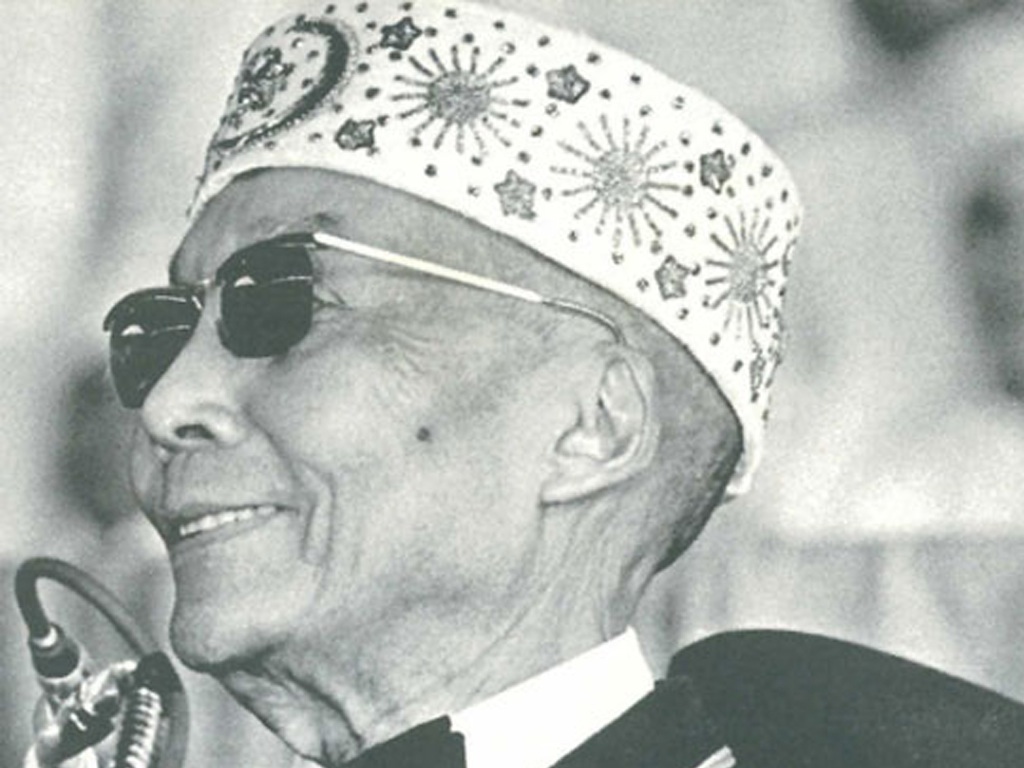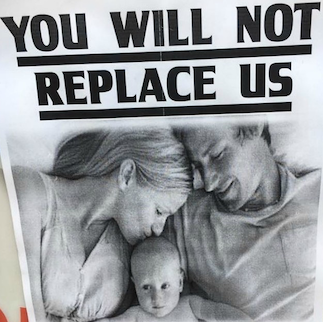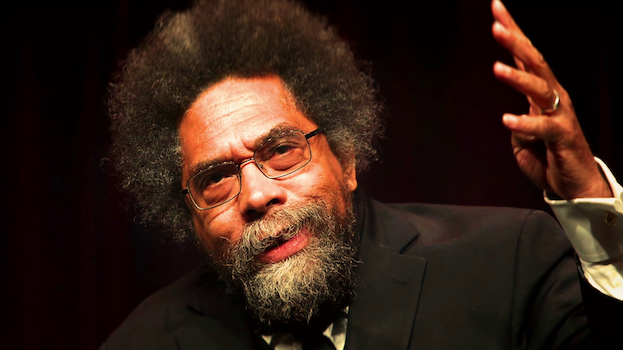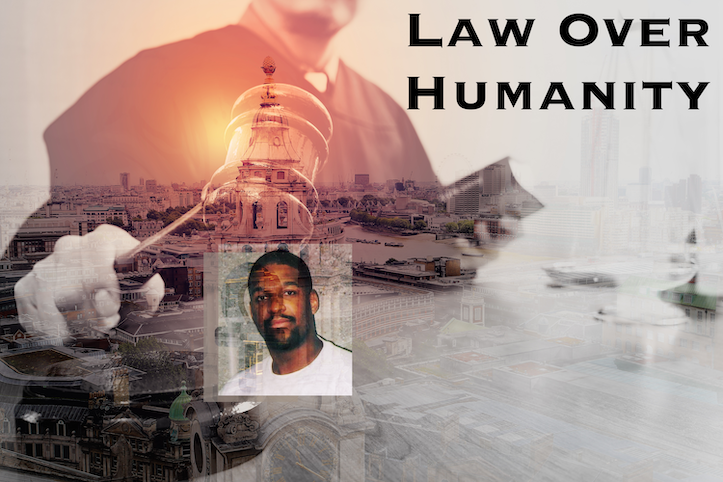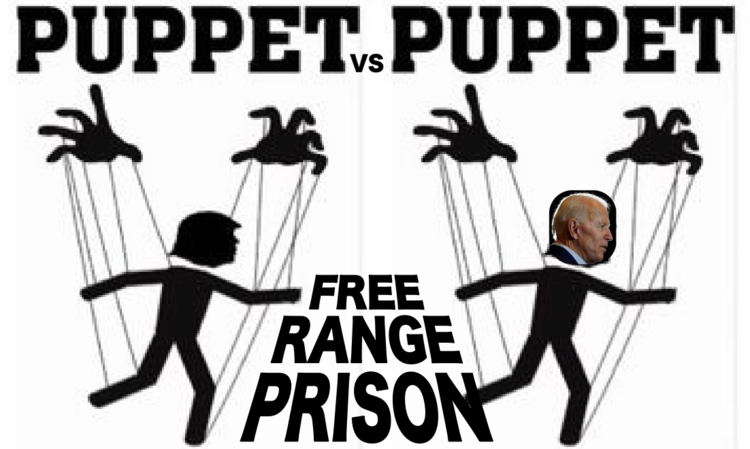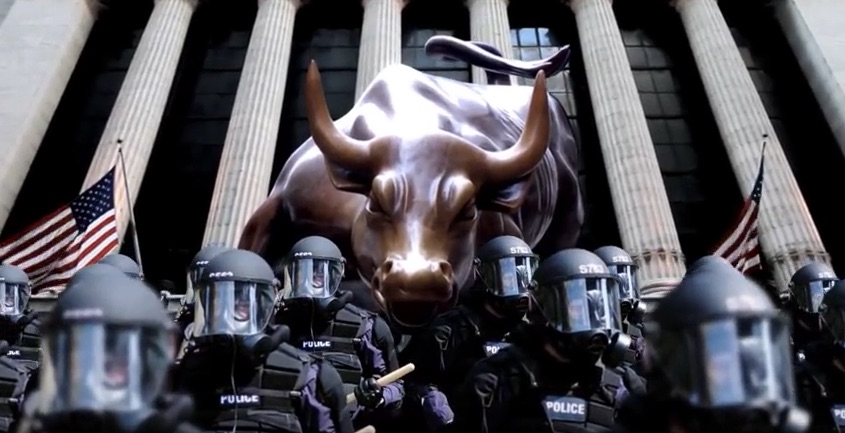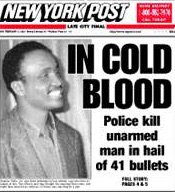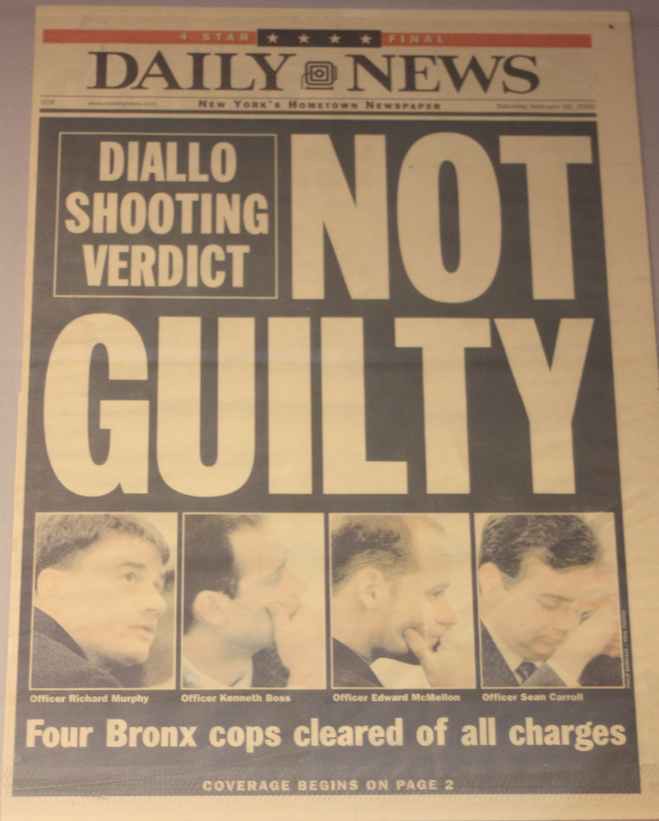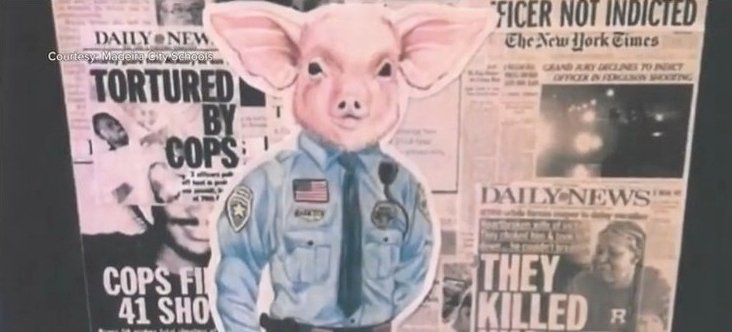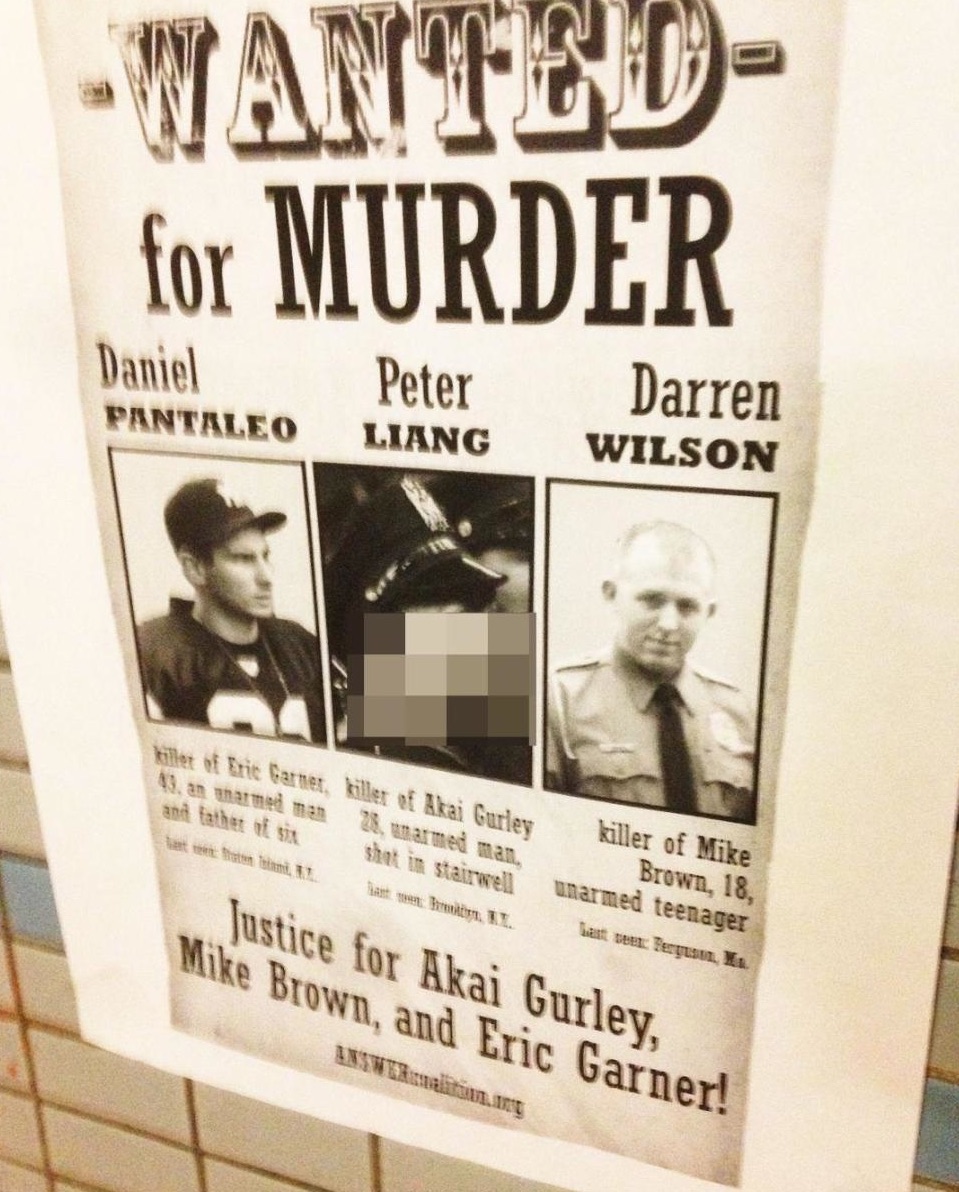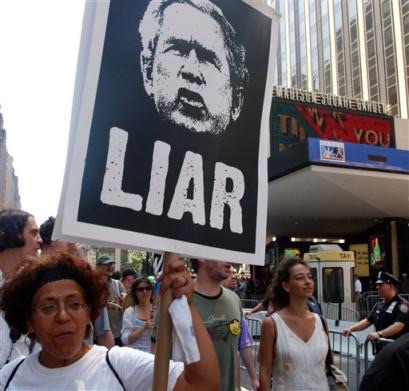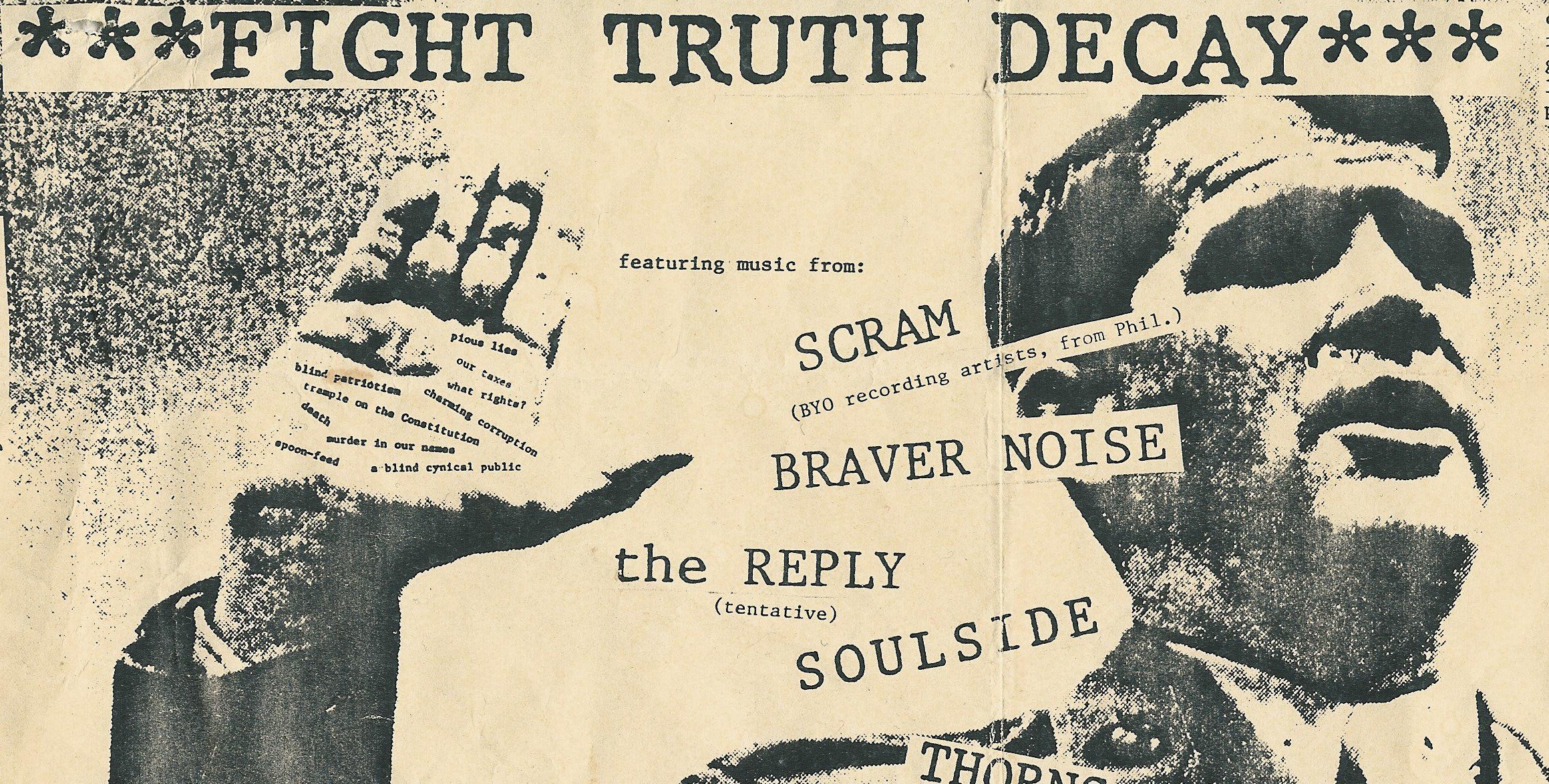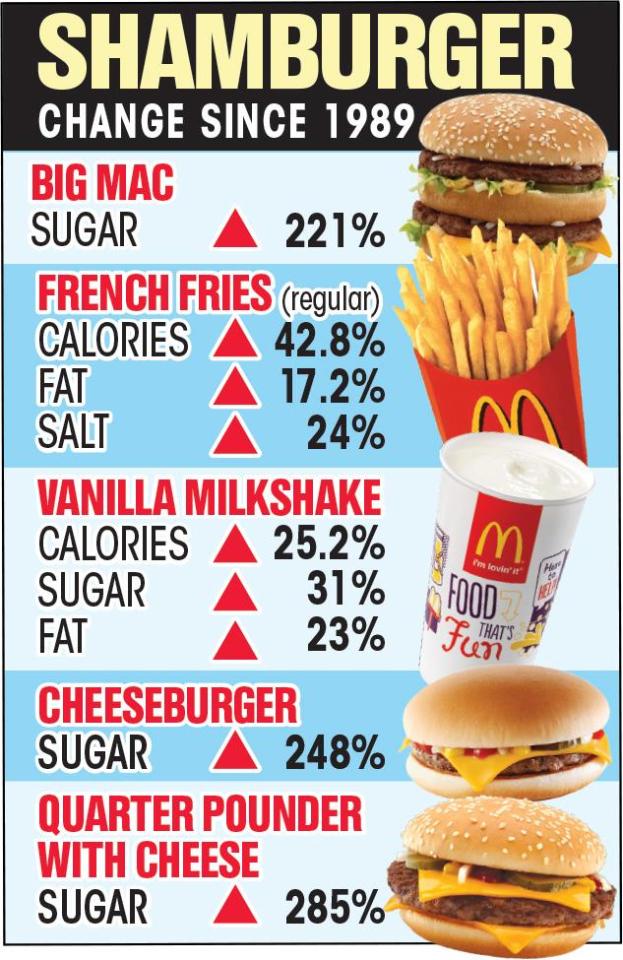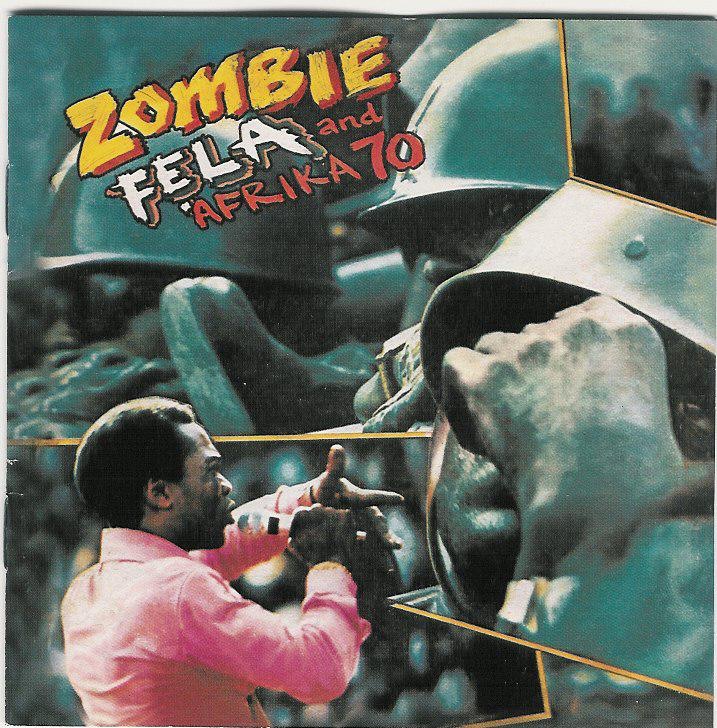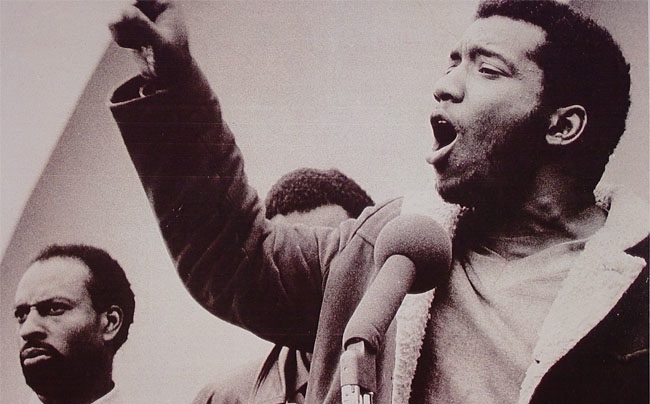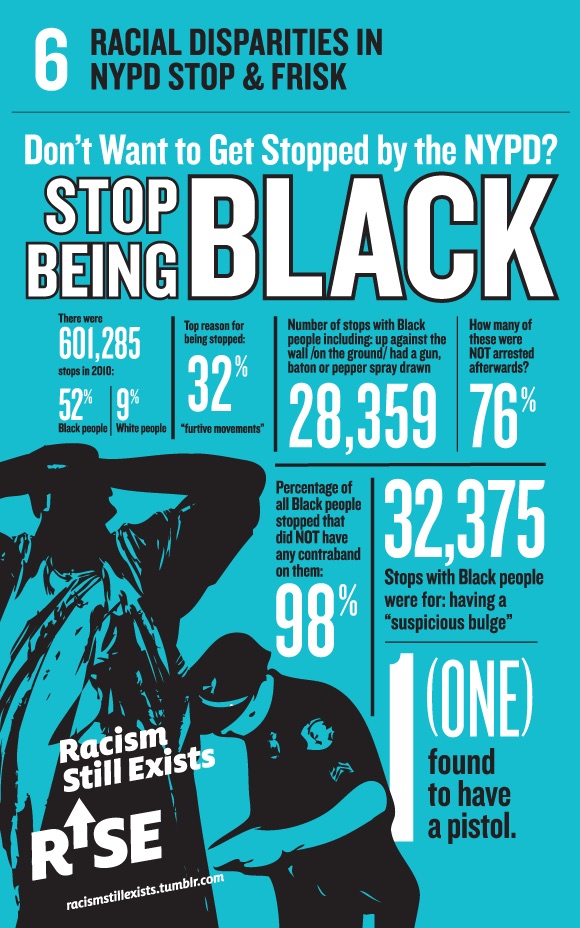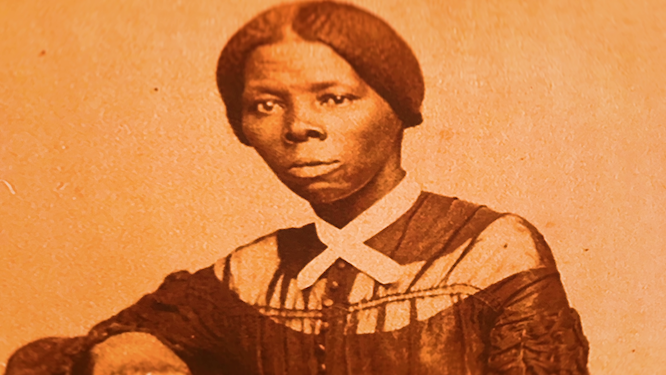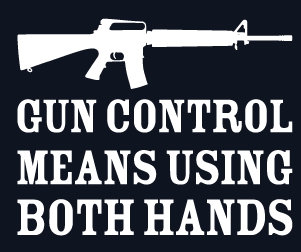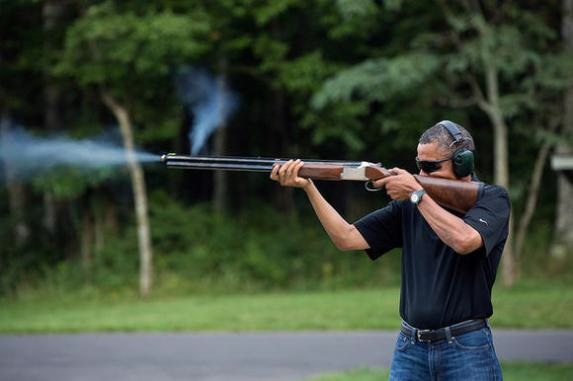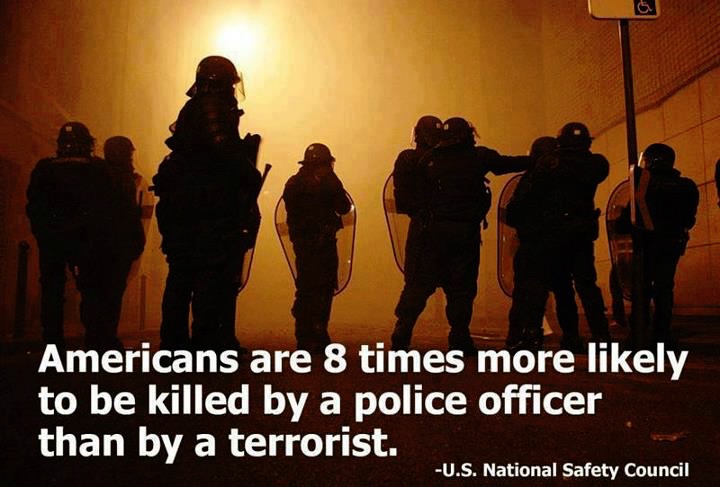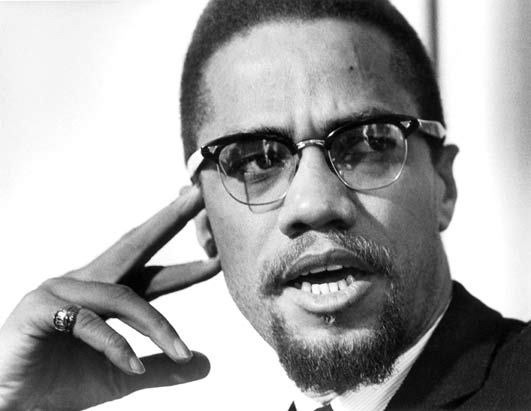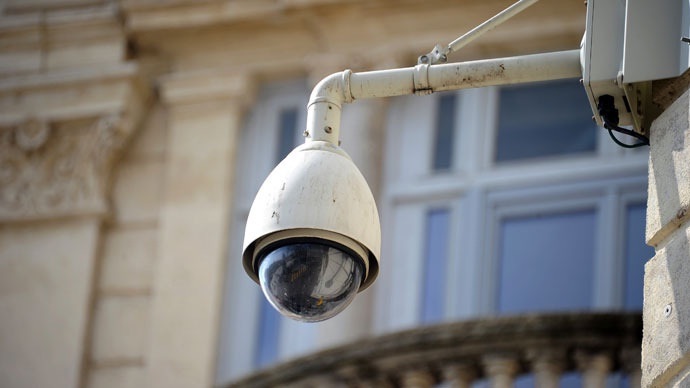TARGETING ALL BLACKS. According to the complaint, “Dexter’s death is also directly attributable to CPD’s longstanding practice of engaging in unlawful traffic stops. CPD officers routinely target Black drivers on Chicago’s south and west sides for minor traffic violations. The large scope and persistent unlawfulness of CPD’s Mass Traffic Stop Program has most recently been documented by the Free to Move Coalition2 and in a class action complaint filed by the ACLU of Illinois.3 Free to Move’s data analysis concluded that Black drivers comprised 51.2% of people pulled over despite Black people making up less than 30% of the city’s residents.4 In contrast, over 32% of Chicago's population is white, and 13.6% of stops by CPD were of white drivers.5 CPD officers in the 11th District—where Defendant Officers stopped Dexter—conduct more traffic stops than almost anywhere else in the City. Most of CPD’s traffic stops focus on minor non-moving violations that are unrelated to safety. This data provides further evidence that most CPD traffic stops since 2016 have been pretextual.
The specific allegations are as follows:
FACTUAL ALLEGATIONS
I. CPD’s UNLAWFUL MASS TRAFFIC STOP PROGRAM TARGETS THE WESTSIDE OF CHICAGO.
25. As described in detail below, CPD operates an unlawful Mass Traffic Stop Program. For at least half a century, CPD has implemented police programs characterized by high-volume stops of Black and Latino people based on low-level violations that CPD uses as excuses to harass, surveil, and intimidate Black and Brown Chicagoans.18
26. CPD operates its Mass Traffic Stop Program with particular force on the Westside of Chicago, where the Defendant Officers unlawfully stopped, detained, and eventually shot at Dexter Reed at least 96 times. CPD officials have repeatedly affirmed that officers should conduct traffic stops “where violent crime occurs.”19 There is, however, no correlation between CPD’s Mass Traffic Stop Program and violence prevention. Fewer than 1% of CPD traffic stops recover contraband. The vast majority of CPD’s traffic stops are not made for “offenses indicating dangerous driving behavior and the stops did not produce evidence of criminal activity.”20
27. CPD officers conduct 22% of all traffic stops in the 11th District and the surrounding area—but only 6% of Chicago’s drivers live in this area. 21
28. CPD’s Mass Traffic Stop Program imposes quotas on CPD officers. CPD internal emails reveal that over a period of several years, 11th District CPD Supervisors repeatedly demanded Tact Team Members report, focus on, and increase pretextual traffic stops.22 On the day they encountered Dexter, Defendant Officers operated pursuant to CPD’s Mass Traffic Stop Program and attempted to achieve the quotas imposed upon them by District 11 supervisors.
II. DEFENDANT OFFICERS CONDUCTED AN UNLA WFUL, PRETEXTUAL STOP OF DEXTER REED.
29. On the evening of March 21, 2024, at approximately 6:00 PM, Dexter drove his recently purchased white SUV on Ferdinand Street, in the City of Chicago. The weather was clear and it was still daylight. Dexter stopped his vehicle at a red light at the intersection of Hamlin and Ferdinand, facing westbound. When the light turned green, Dexter drove through the intersection and traveled westbound onto the 3800 block of West Ferdinand. Another vehicle traveled westbound, immediately behind Dexter. Dexter traveled within the speed limit and complied with the stop sign at the next intersection, Ferdinand and Avers Ave.
30. On the same date and time, Defendants CPD Officers and Tact Team members Alexandra Giampapa, Thomas Spanos, Victor Pacheco, Gregory Saint Louis, and Aubrey Webb patrolled District 11 in an unmarked, silver SUV. Defendant Officer Webb drove the vehicle.
31. While Dexter drove onto the 3800 west block of Ferdinand, Defendant Officers’ vehicle was south of Dexter, stopped at a red light.
32. After both Dexter and the vehicle traveling immediately behind Dexter traveled through the intersection of Hamlin and Ferdinand, Defendant Officer Webb approached and ran through a red light at the intersection of Hamlin and Ferdinand, turning left onto Hamlin. Video footage demonstrates Defendant Officers made the decision to target Dexter merely three seconds after his vehicle came in their line of sight.
33. Defendant Officer Webb accelerated his unmarked car to pass the vehicle traveling immediately behind Dexter. Defendant Webb then pulled the unmarked CPD vehicle alongside Dexter’s vehicle and angled it as if to sideswipe Dexter’s car. This maneuver forced Dexter to stop his car just past the northwest corner of Ferdinand and Avers Ave. Defendant Webb used this vehicle maneuver to unlawfully detain Dexter.
34. West Ferdinand Street, between Hamlin and Avers—where Defendant Officers stopped Dexter’s car—is a residential area, populated by numerous single and multiunit family dwellings, with green space and wide sidewalks for community members to enjoy.
35. Each named Defendant Officer completed a Tactical Response Report documenting Defendant Officers’ initial justification for engaging with Dexter. Those reports state Defendant Officers pulled Dexter over incident to a “traffic stop.” Defendant Officer’s reports affirms that, at the time they targeted Dexter, Defendant Officers had no information to suggest Dexter had committed any serious or violent offense. The reports further affirm Defendant Officers targeted Dexter pursuant to CPD’s Mass Traffic Stop Program.
36. Surveillance camera footage reflects that Defendants lacked reasonable suspicion to suspect Dexter of any traffic violation. Defendant Officers had no legal justification to target, stop, and detain Dexter.
37. After evaluating available video evidence regarding this traffic stop, Andrea Kersten, the Chief Administrator of the Civilian Office of Police Accountability (“COPA”) wrote to CPD Superintendent Snelling documenting concerns with the Defendant Officers’ credibility and justification for stopping Dexter. Specifically, “COPA is uncertain how the officers could have seen this seat belt violation given their location relative to (Reed’s) vehicle and the dark tints on (his) vehicle windows. . .This evidence raises serious concerns about the validity of the traffic stop that led to the officers’ encounter with (Reed).
III. DEFENDANT OFFICERS UNLAWFULLY POINT FIREARMS AT DEXTER AND ENGAGE IN ESCALATORY CONDUCT DURING THE UNLAWFUL STOP.
38. After Defendant Officers unlawfully curbed Dexter’s vehicle, they engaged in a number of violent, threatening, and ultra-aggressive policing tactics intended to confuse and to create chaos. Defendant Officers screamed conflicting commands at Dexter, brandished batons in a threatening manner, used disrespectful and profane language, unlawfully attempted to enter his vehicle, and pointed their weapons at Dexter’s face without legal justification.
39. Defendant Officer Giampapa exited the unmarked CPD SUV from the back passenger side. She was un-uniformed and wore a hoodie and blue jeans. Defendant Officer Giampapa did not announce herself as a police officer, nor did she advise Dexter why he had been stopped.
40. Instead, Defendant Giampapa aggressively demanded “Roll the window down, roll the window down. What are you doing?” Dexter complied and completely rolled down his front driver’s side window. In response to Defendant Officer Giampapa’s question, Dexter stated that he was doing “nothing.”
41. Defendant Officer Giampapa then ordered Dexter to roll down his other windows. Body camera footage suggests Dexter became flustered and, in an effort to comply with Defendant Officer Giampapa’s commands, mistakenly partially rolled up the driver's side window instead of rolling down the vehicles’ other windows. The fact that Dexter had committed no violation, but was still subject to Defendant Officers’ aggressive threats undoubtedly created confusion and panic for Dexter.
42. After Dexter’s window rolled partially up, Defendant Officer Giampapa commanded Dexter “do not roll the window up.” At the same time, Defendant Officer Giampapa unholstered her firearm and pointed it at Dexter’s face. While she pointed her gun at Dexter, she attempted to open the driver’s side door of Dexter’s vehicle. Defendant Officer Giampapa unreasonably pointed her gun at Dexter within seconds after she approached his vehicle
43. With her gun pointed at Dexter’s face, Defendant Officer Giampapa continued yelling, screaming repeatedly “Open the doors now!” Dexter replied “Okay, Okay I’m trying.” Defendant Giampapa never acknowledged Dexter’s words and never inquired whether his window had malfunctioned or if his door was jammed. Instead, she continued screaming at him with her gun aimed at him.
44. Defendant Officer Saint Louis, who was un-uniformed wore a hoodie pulled up over his head and jeans. Defendant Officer Saint Louis did not announce himself as a police officer nor did he advise Dexter why he had been stopped.
45. Defendant Officer Saint Louis exited the unmarked CPD vehicle from the front passenger’s seat and approached the front passenger side of Dexter’s vehicle at the same time Defendant Giampapa approached Dexter on the driver’s side. Defendant Officer Saint Louis approached Dexter with an extended baton in his raised hand and immediately ordered Dexter to roll down his passenger side window and commanded “Put your ... put your window down, man,” “Hey roll this one down too... Hey, unlock it!” Seconds after he approached the vehicle, Defendant Officer Saint Louis pointed his gun at Dexter, cocking his wrist and aiming the weapon at Dexter through the windshield.
46. Defendant Officer Pacheco was un-uniformed, wearing khaki pants and a baseball cap. Defendant Officer Pacheco did not announce himself as a police officer nor did he advise Dexter why he had been stopped and curbed.
47. Defendant Officer Pacheco exited the unmarked SUV from the back passenger side and approached the driver’s side of Dexter’s vehicle. Immediately after exiting CPD’s vehicle, Defendant Officer Pacheco pointed his firearm at Dexter and began screaming "Do not f---'g roll it up. . .Unlock the f---'g door.”
48. Defendant Officer Spanos was un-uniformed, and dressed in a hoodie, khakis, and a knit cap. Defendant Officer Spanos did not announce himself as a police officer nor did he advise Dexter why he had been stopped and curbed.
49. Defendant Officer Spanos exited the unmarked SUV from the back driver’s side and approached the driver’s side of Dexter’s vehicle. Standing just a few feet from Dexter’s vehicle. Defendant Officer Spanos immediately unholstered and pointed his gun at Dexter and yelled “Put both hands up!”
50. CPD policy prohibits officers from pointing their firearms at a person unless objectively reasonable to do so.24
51. CPD’s Use of Force Policy General Order 03-02 provides that officers will “use de-escalation techniques to prevent or reduce the need for force. . .” The Policy further provides de-escalation techniques include providing a “warning and exercising persuasion and advice prior to the use of force” and determining whether the situation could be “stabilized through the use of time, distance and positioning.” The Policy also requires that CPD officers “treat all persons with courtesy and dignity which is inherently due every person and will act, speak, and conduct themselves in a courteous, respectful, and professional manner.” Finally, the Policy prohibits officers from using force unless it is the “minimum amount of force needed to provide for the safety of any person.”
52. Defendant Officers surrounded Dexter and failed to identify themselves as police officers or to explain why they conducted the aggressive, pretextual stop and trapped him in between the curb and a parked car. Defendant Officers then each unholstered and pointed their guns at Dexter at close range and screamed various and conflicting commands at him, with several of them repeatedly and forcefully pulling on his car doors and trying to get inside his vehicle. Defendant Officers’ actions created a confusing and chaotic environment and placed Dexter in objective fear for his safety, and at risk of great bodily harm. None of the Defendant Officers engaged in any type of de-escalation. Instead, they pointed their weapons at Dexter and used profane language in clear violation of CPD policy.
53. CPD’s Use of Force Policy General Order 03-02 imposes on CPD officers an affirmative obligation to intervene when they observe a use of force that is “excessive or otherwise in violation” of CPD policy. The Policy instructs officers to “verbally intervene” to stop a violation.
54. From the driver’s side of the CDP vehicle, Defendant Officer Webb observed Defendant Officers Giampapa, Saint Louis, Pacheco, and Spanos engage in the escalatory and unlawful conduct described above. In clear violation of CPD policy, Defendant Officer Webb took no action to intervene or deescalate.
55. By pointing their firearms at Dexter during a minor traffic stop and otherwise escalating this encounter as detailed above, Defendant Officers Giampapa, Saint Louis, Pacheco and Spanos engaged in an unreasonable use of force. By observing these unlawful actions and failing to take action, Defendant Officer Webb violated his duty to intervene.
IV. DEFENDANT OFFICERS DEMONSTRATED A GROSS DISREGARD FOR THE SANCITY OF HUMAN LIFE WHEN THEY SHOT DEXTER REED 96 TIMES IN 41 SECONDS AND FIRED BULLETS INTO DEXTER’S MOTIONLESS BODY.
56. Defendant Chicago Police Officers Giampapa, Pacheco, Spanos, and Webb unloaded a barrage of bullets at Dexter while he was inside his vehicle. At some point either before or after the Defendant Officers Giampapa, Pacheco, Spanos, and Webb began shooting at Dexter, Defendant Officer Saint Louis sustained a gunshot injury when a bullet grazed his wrist.25
57. After Defendant Officers Giampapa, Pacheco, Spanos, and Webb shot their weapons at Dexter for approximately 27 seconds, firing approximately 83 shots, Dexter exited his vehicle, unarmed, with hands empty and raised in sign of surrender. At this point, Dexter posed no threat of imminent harm.
58. After observing Dexter exit his vehicle, the Defendant Officers Giampapa, Pacheco, Spanos, and Webb failed to provide Dexter with any commands or warnings. Nor did any of these Defendant Officers attempt to engage in any de-escalation. Instead, they continued to shoot at Dexter in a reckless, out-of-control manner demonstrating a complete disregard for Dexter’s humanity.
59. After Dexter exited his vehicle, unarmed and with his hands empty, Defendant Officers Giampapa, Spanos, and Pacheco moved closer to Dexter.
60. Defendant Officer Giampapa shot additional bullets at Dexter.
61. Dexter collapsed to the ground at the rear of his vehicle. His head slammed into the street and lay unmoving and face down, with his head under the rear of his vehicle.
62. At this point, Defendant Officers Giampapa, Pacheco, Spanos, and Webb took no action to determine if Dexter was alive. Nor did they make any effort to secure him medical assistance.
63. Instead, Defendant Officers Spanos and Pacheco continued to shoot at Dexter even as he lay motionless, face down in the street.
64. Even after Dexter fell to the street, Defendant Officer Spanos paused his shooting, and then fired an additional three shots at Dexter’s body as he lay face down and motionless on the street.
65. Ultimately, Defendant Officers Giampapa, Pacheco, Spanos, and Webb shot 96 bullets at Dexter 41 seconds after they first encountered him.
66. In the letter to Superintendent Snelling, based on a review of relevant video evidence, COPA Chief Kersten documented “grave concerns about [Defendant Officers Giampapa, Pacheco, Spanos, and Webb’s] ability to assess what is a necessary, reasonable, and proportional use of deadly force.”26
67. CPD’s Use of Force Policy G03-02 instructs officers that CPD’s “highest priority is the sanctity of human life. In all aspects of their conduct, Department members will act with the foremost regard for the preservation of human life and the safety of all persons involved.” This Policy further provides that officers must continually “assess the situation and modify[] the use of force as circumstances change.”27
68. In violation of CPD written policy and applicable law, Defendant Officers Giampapa, Pacheco, Spanos, and Webb used grossly disproportionate force against Dexter when he clearly presented no threat to the officers.
69. Defendant Officer Spanos demonstrated a gross disregard for the sanctity of human life when he continued to fire his weapon at Dexter’s motionless body, even after the other Defendant Officers ceased firing.
V. DEFENDANT OFFICERS FAILED TO PROVIDE DEXTER WITH ANY LIFE SAVING MEASURES AS HE LAY BLEEDING OUT ON THE STREET.
70. None of the individual Defendant Officers provided any life-saving measures to Dexter after they had shot 96 bullets at him, striking him multiple times. Instead, Defendant Officers Giampapa, Pacheco, Spanos, and Webb left Dexter lying face down on the City street with his head under his vehicle as he bled out.
71. After the shooting stopped, Defendant Giampapa approached Dexter as he lay in the street with one shoe missing. Blood poured from his head and pooled on the street. Despite Dexter’s obvious and urgent medical needs, Defendant Officer Giampapa called for an ambulance for Defendant Officer Saint Louis, but never communicated Dexter’s need for care.
72. Instead, Defendant Officer Giampapa repeatedly screamed at Dexter “don’t move, don’t move, don’t f---’ing move!” When Defendant Giampapa was just a few feet from Dexter she stated “he’s still breathing.” Defendant Officer Webb responded “we need EMS here now! We need EMS here now!” At this point both Defendant Officers Giampapa and Webb realized Dexter was still alive and in need of urgent medical attention. But neither Defendant Officers Giampapa nor Webb took any action to provide Dexter with any lifesaving care.
73. Defendant Officer Giampapa continued to move closer to Dexter, while repeatedly screaming “hey don’t f--’ing move! Do not f--’ing move!” When she was close enough to touch Dexter Defendant Officer Giampapa stated repeatedly “I don’t know where the gun is.” She attempted to issue commands to Dexter, stating “hey dude, let go of the gun” as she pulled Dexter’s left hand out from underneath body. Simultaneously, Defendant Officer Webb pulled Dexter’s right hand out from underneath his body. Dexter’s hands were empty. There was no gun in his possession or near his body. After confirming Dexter did not have a gun in his hands, Defendant Officers Webb and Giampapa walked away from Dexter. At no time did they provide him with lifesaving aid.
74. Officer John Doe 1 aided by Officer John Doe 2 took over for Defendant Officers Webb and Giampapa and placed handcuffs on Dexter.
75. After Dexter was handcuffed, another John Doe Officer exclaimed, “I don’t know where it is”— seemingly in reference to a weapon the officers suspected Dexter of possessing. In response, Officer John Doe 1, walked away from Dexter, walked in a circle around Dexter’s vehicle, CPD’s vehicle and other parked vehicles and explained to a fellow officer that he is “trying to find a gun.”
76. While Officer John Doe 1 attempted to “find a gun,” Officer John Doe 2 stood over Dexter’s body. Neither Officer John Doe 1 nor Officer John Doe 2 provided Dexter with any lifesaving aid.
77. In sharp contrast, while Defendant Officers ignored Dexter’s obvious and urgent medical needs, multiple CPD officers surrounded and provided aid to Defendant Officer Spanos who was—in his own words: “ok, [but] just freaking out.” After reloading his weapon three times and shooting Dexter dozens of times, blood was splattered on Defendant Officer Spanos’ pants. When he realized his pants were blood stained, Defendant Officer Spanos exclaimed plaintively to other CPD officers “these are my favorite pants.”
78. Seconds later, Defendant Officer Spanos approached Dexter while he was laying on the street, bleeding out. He observed Officers John Does 1 & 2 standing over Dexter while failing to provide him with any lifesaving aid. Defendant Officer Spanos took no action to provide Dexter with aid nor did he encourage any Officers John Does to do so.
79. Eventually, other CPD officers who arrived at the scene, immediately provided Dexter with chest compressions and other potentially lifesaving aid. Their efforts came too late to save Dexter. He was pronounced dead later that day.
80. CPD Special Order S11-10-03 provides that every CPD member—including each Defendant—receive training in Law Enforcement Medical and Rescue Training, often referred to as LEMART. LEMART instructs CPD officers on the use of four lifesaving implements: (1) tourniquets to stop arterial bleeding; (2) combat gauze containing a hemostatic agent that can stop bleeding in seconds; (3) chest seals that prevent air from entering the chest cavity of gunshot victims; and (4) pressure bandages to stop bleeding. A reasonable police officer who has training about and access to these implements would use them to attempt to save the life of any gunshot victim.
81. CPD General Order 03-02 provides that CPD officers are required to “immediately request appropriate medical care for [an] injured person” and guides officers to provide medical care consistent with their training to any individual with visible injuries.
82. Defendants Officers Giampapa, Pacheco, Spanos, Webb, and Officer John Does 1 and 2 had access to the lifesaving implements described above and training on how to use them. Despite this fact, these Defendants refused to provide care to Dexter and further failed to request appropriate medical care for Dexter “as soon as it was safe and practicable” in violation of CPD policy and the law.







